#Color Philosophy
Text

decided to post this one for the class, a hot take for you all
83 notes
·
View notes
Text
Wedge Discussions
Inspo goes to @monorayjak, this was such a cool concept I wanted to build off that.
Sultai Edition
Blue: Here we are again
Black: So it would seem.
Green: What could they possibly want?
Black: Who cares? The question of what the user wants is arbitrary, what do WE want?
Green: That's not how we do things. That's not how ANYONE does things.
Blue: Oh stop bickering. Listen, we need to come up with what the user wants.
Green: Fine.
Black: Fine.
Black: What I want is to be in control of my destiny. I don't want to be beholden to anyone and anything. I am tired of life, which tries to restrict me from my ultimate goal. I want to become more powerful and control the world around me, and I don't care how I get to that point.
Blue: I guess I understand. I want mastery, perfection, knowledge, and the means to achieve them. I don't care if I have to use artificial methods, I WILL become perfect.
Green: I can understand your desire to grow, but I can't agree with either of your methods. I think the true method of becoming better is understanding the natural processes of this world, evolving as a person, and becoming stronger through our understanding of our interconnected nature.
Black: Yeah yeah, we all know green, things need to be natural and survival of the fittest, but isn't ambition and trampling on others the way to effectively grow?
Green: Not necessarily. We all are a part of an ecosystem, whether we like it or not. By trampling on all prey, we starve ourselves. By having individuals stronger than us, we are motivated to grow ever still. Being at the top of the food chain doesn't mean we succeded, it just means we have fit in our role.
Blue: Why does it have to be that way green? Not everything has to be about nature and ecosystems and all that. While we are a part of the world to some extent, if we want, we can separate ourselves from that entirely.
Black: I can't believe I'm saying this but listen to blue. With artifice and undeath, we can remove ourselves from the struggle to survive and just focus on ourselves. Why care about the natural order when we can supersede it?
Green: Because no matter how distant you are from nature, no matter how unnatural your existence, life and death exist in a seamless continuum. Even if you were to become a lich, your corpse would still decay, you would still become food for the microbes, mushrooms, and bacteria that are present around you. Even if you become artificial, the forces that power you will eventually be grown over as your power sources decay. Nothing is truly eternal, nothing will truly last forever.
Black: I mean, you are right that nothing escapes death, even undeath IS just another form of death. However, the ego can survive after death. How it's stored is irrelevant, as that can last the tests of time. Look at Yawgmoth. While Phyrexia was a disaster of plane, it did show that the ego can survive an eternity. Yawgmoth was present in the mind of all of Phyrexia.
Blue: Again, I do think that black has a point. Through innovation the mind can last forever. However, I do see green's point. Most of what we do won't be able to last. How do we achieve our goals if our goals are fundamentally separated?
Green: Well what do we value?
Black: Myself. Power above all else.
Blue: Knowledge. The pursuit of perfection through craft and thinking.
Green: Growth. The pursuit of connecting myself to the ecosystem and to fulfill my purpose in the food chain.
Blue: So we all value improvement of the self?
Black: We disagree on the methodology.
Green: So how do we unify our thoughts to become one force?
Blue: The survival of the fittest is inherently self-motivated.
Black: As is the pursuit of knowledge for knowledge's sake.
Green: And Death is a natural part of life.
Blue: But things don't need to end at death.
Black: We all serve a vital role in our ecosystem. Without death, things can't get fertilized.
Green: And without cultivation, we become stagnant.
Blue: So it's important to find a balance
Black: And it's better that we are the ones to be in control, since we are the ones studying it.
Green: And as long as we keep to our positions
Blue: We all can get stronger
#mtg#i'm writing more#magic the gathering#magic the card game#blue#green#identity#color#mtg colors#color philosophy#colors#mtgcolor#wedges#mtg wedge#Black#Simic#Dimir#Golgari#Sultai brood
13 notes
·
View notes
Text
More Wedge discussions
Blue, red, and green - Perfection through knowledge, action, and growth.
Blue: Perfection. The ultimate goal.
Green: Why?
Blue: Why what?
Green: Why is perfection the goal?
Blue: Because it means we exist in the best way possible.
Green: And what does that mean exactly?
Blue: I don’t follow.
Green: What is the best way possible?
Blue: Well, I don’t know right now.
Green: You don’t know?
Blue: Right now, yes. It requires study and complex thought.
Red: Ugh, thought.
Blue: Oh no I’m with you two again aren’t I?
Green: Yep, we’re all back here.
Red: Fuck I’m tired of dealing with this.
Green: Look, how about we all just agree to work together for a few minutes so we can get this over with and move on?
Red: Sure.
Blue: Deal, I suppose.
Green: Ok… so I want to start with asking you a question Blue.
Blue: Hm? Yes?
Green: Will you define perfection?
Blue: I just did a moment ago, its existing in the best w-
Green: Yes, that's a definition, but not the one I’m looking for.
Blue: I don’t follow?
Green: Ok, I want you to lay out what perfection means to you, not as in the definition, as in, what does it mean to be perfect? How do we know we have achieved it?
Red: Its been far too long since I’ve seen Blue stumped like this. Ha!
Blue: Ok, ok… how do we know… I…
Green: Hm? Yes?
Red: Spit it out!
Blue: …I don’t know.
Red: UGH!
Green: No Red, thats a perfect answer.
Blue and Red: What?
Green: You don’t know… because perfection is subjective.
Red: Where are you going with this Green?
Blue: Subjective? How can perfection be subjective?
Green: Because everyone has a concept of perfection already. Very few of them are exactly the same as one another.
Blue: I… I actually see your point. Holy shit.
Red: Wait wait wait, did you just get Blue, fucking BLUE, to admit that you made a valid point they didn’t see!?!?!?
Green: Yes Red, I did. It isn’t that hard really.
Red: Please teach me this power.
Blue: Please don’t teach them.
Green: Perhaps we should move on a bit?
Red: Ugh, fine.
Blue: Ok, so if perfection is subjective…
Green: How do we achieve it?
Red: OH! I have an idea!
Blue: Is it explosions?
Red: NO!
Green: Ok, fine, what’s the idea Red?
Red: Uh… well… you see…
Green: It was explosions wasn’t it.
Red: Yeah.
Blue: Knew it.
Red: Wait, I actually think I do have something this time.
Blue: Are you sure it isn’t just explosions?
Red: Yes.
Green: Ok, good. Let’s hear it.
Red: What if we stop trying to achieve perfection through society. What if we focus on the self?
Blue: Hmm, maybe that could work…
Green: I could see it.
Red: So… what does that mean for all of us?
Blue: Well, if it’s me looking for perfection, I want to achieve mastery over skills and understand everything I can.
Green: If it’s me, perfection means finding my spot in the world and being home with it.
Red: For me, it’s all about understanding myself and doing what I want.
Blue: Ok, so… mastery, belonging, and identity.
Green: I like the sound of that in all honesty.
Red: Same here.
Blue: Well… in all honesty I think mastery is kind of a natural progression from understanding yourself and your role…
Red: So… belonging and identity?
Green: Hm, belonging and identity. I could live with that.
Red: Yeah, I think I can too.
Blue: So… let me ask this… Red, what is identity?
Red: It’s who I am. It’s my preferences, my memories, my connections, my heart and thoughts, my emotions. It’s everything that makes me, well, me.
Green: Hm that’s interesting.
Blue: Ok, now Green… what is belonging?
Green: Knowing you have found a home. That you are with people who care for you and who watch out for you. Being with a group you’d be willing to die for. Home.
Blue: Ok… so… we want to become…
Green: …the best versions…
Red: …of ourselves.
Blue: There isn’t one way to home and happiness and perfection.
Green: There are an infinite number.
Red: And everyone walks a different one.
Blue: Home and Identity. I… well, I like it!
Green: Agreed, Red?
Red: Motion carried!...or whatever the fuck I’m supposed to say.
#mtg#i'm writing more#magic the gathering#magic the card game#temur#izzet#simic#gruul#blue#red#green#ceta#identity#color#mtg colors#color philosophy#colors#mtgcolor#wedges#mtg wedge#temur frontier
13 notes
·
View notes
Text
The Flavor of MTG: Blue, the Color of Progress(Part 1)
Prologue
Before we really dive into this color philosophy I have to get the usual stuff out of the way. If you haven’t read the previous, albeit really long, article covering some of the more general aspects of the Color Pie then you should probably do so, even if only to decrease the chance that you ask a question I’ve already gone over or to make sure that I don’t have to repeat myself over and over(You can read said article on Tumblr here(https://douglysium.tumblr.com/private/672979718186975232/tumblr_r5hjo0WAWg1ycm9nu) and on Google Docs here(https://docs.google.com/document/d/1y1d7vBZozSEmkARSeGYj4onyty6uAXlooaXKR9WxLOI/edit)). I should also mention that today I am focusing on MONO-Blue as a color philosophy. This means some specifics here may not apply to every color combination that includes Blue. It is also important to remember that the color pie is ultimately a vague philosophical archetype, not a personality archetype(even if a personality can be influenced by one’s personal philosophy). When I say things like a color’s “strength and weaknesses” there are definitely exceptions and know that I am speaking broadly and mostly talking about the behaviors and personalities that such a philosophy either attracts/encourages or discourages. Also, the color philosophies are all about what people find most important. So when I say something like Blue likes knowledge and Black cares about the self that does not mean that it is all those colors care about. Even Blue may care about emotions, Black may still care about others, and White often still cares about the individual. It’s just that those things come second fiddle to other things and should not get in the way of their primary goals. I should also note that because this article is about Blue and I do not have infinite time I will mainly be covering things from Blue’s perspective. So sorry if it comes off like I’m just bashing Red and Green philosophy at any point but I promise that those colors will get their chance to shine in their own articles one day. What I’m saying is don’t base your entire view of Blue’s enemy colors on this article since it probably won’t be the most flattering perspective.
General
One thing that all the color philosophies in Magic have is a little phrase that helps summarize their philosophy. This phrase basically has two parts, the end goal of the color and how they seek to achieve that. In Blue’s case, its phrase is “Perfection through Knowledge.” In this case, the end goal is “Perfection” and the means is “Knowledge.” What this is supposed to tell us is that Blue philosophy is all about perfecting one’s self and the world around it and creating a world where everyone and everything can be the best version of themselves. I think it’s important to clarify the wording here for Blue is not saying you literally need to be perfect or never make a mistake. Only that you should strive to be the best version of yourself you can be. In the case of Blue, perfection isn’t an end goal but an endless process and a mindset saying you should be constantly striving to do better. Since Blue is all about being the best you can be, its philosophy is often summarized as perfection since if you're striving constantly to become better and better constantly then you are always striving to get as close to perfection as possible. If I had to put it in a simpler way, Blue is about “Improvement/Progress through Knowledge.”
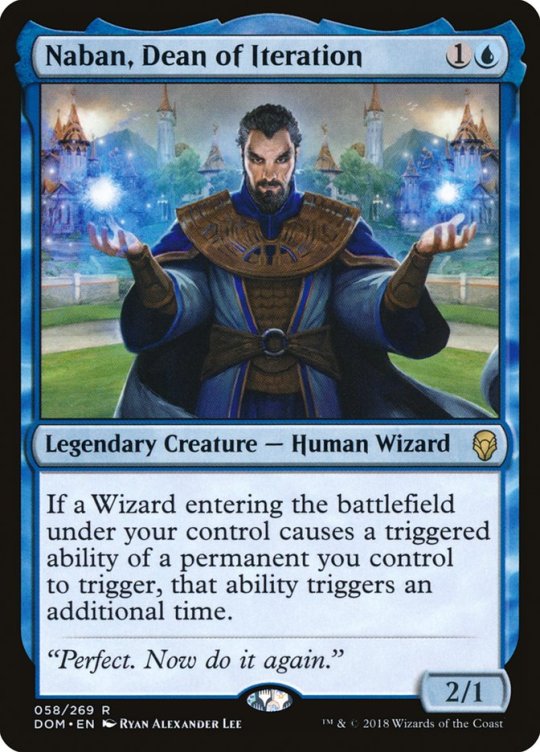
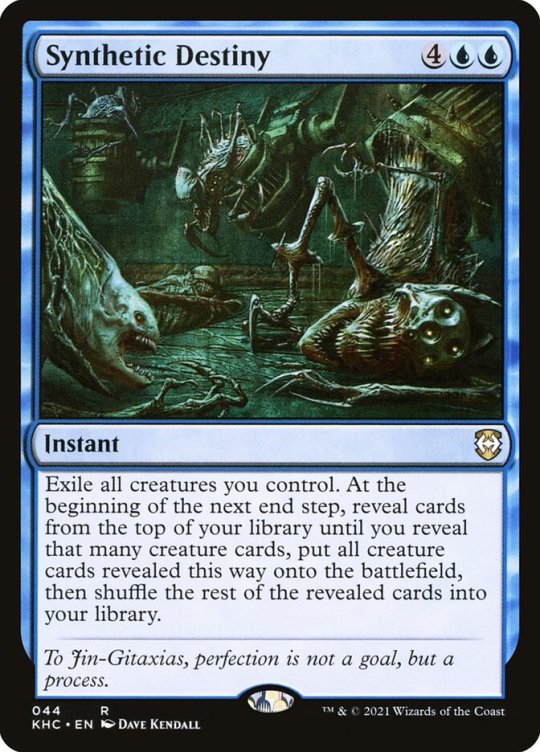
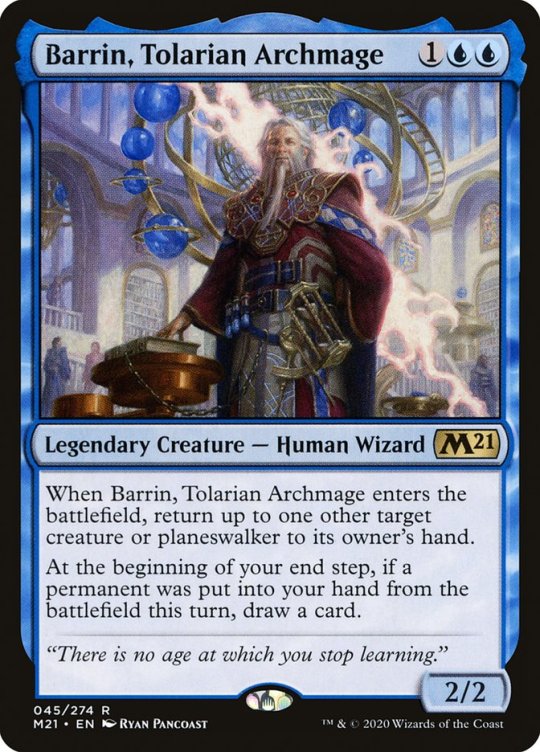
The way Blue believes we should achieve this is through the aforementioned knowledge. Blue is a philosophy that believes anything and everything can theoretically be understood and made possible as long as you have the knowledge, tools, time, and dedication. To this end, it is important to properly obtain and use knowledge since Blue believes almost anything can be achieved if you have the proper knowledge, resources, and time. In order to utilize this knowledge it is important to use your head and think through your actions as much as possible. Blue is a philosophy that strives to be open to any possibility but not too hasty to action because everything has a theoretical solution if the right amount of time, energy, and understanding is applied. This tends to mean Blue is generally against both impulse and instinct. Now Blue isn’t inherently against any and all emotions and it often acknowledges emotions as a powerful force(which makes discipline and forethought all the more important). Blue is simply arguing that you shouldn’t let things like emotions and instincts control you without tempering them with thought and reason because they often spur short-sighted actions that can hurt you in the long run. While they can grant you quick satisfaction, if improperly controlled they can come back to bite you later(or even immediately). Also, just going with whatever you immediately feel tends to conflict with Blue’s ideal of not making hasty decisions because Blue wants to strive to make the best and most optimal decision as much as possible. Part of doing that is keeping in mind more long-term goals over transient short-sighted ones and keeping the big picture in mind so that you can properly understand the ramifications of your actions and choices. Blue also understands that there are typically a limited amount of resources and time one has access to and to Blue it is important to maximize these resources by making informed, thoughtful, and considered decisions.
Similar to how White has some notable ways it tends to use structure, Blue has some notable ways it tends to approach and use knowledge. First off, since Blue believes knowledge, understanding, and thought are the key to everything it is often advocating for as much knowledge as possible and gathering any knowledge it comes across since you never know when the knowledge may become helpful in the future. There is also the fact that Blue may not always know or be aware of the knowledge it may need which can also often encourage it to collect as much knowledge as possible in order to increase the chances that it finds out something it didn’t know it needed or if the knowledge becomes helpful later. This often gives Blue an emphasis in regard to learning and education as these are some of the best tools to acquire more knowledge. This also tends to extend to a more structural level and not just individual levels. From Blue’s perspective, being the best self you can also mean that the society in which individuals reside needs to also be the best it can be. So Blue tends to prioritize things like education systems, libraries, schools, and other structured systems in regard to education. These can act as vectors for people obtaining the knowledge to become whatever it is that they consider to be their best selves as well as allow for Blue to obtain even more knowledge in order to give it an edge and allow it to overcome obstacles. If Black’s goal can be described as attempting to become as close to omnipotent(all-powerful) as possible so that it can get everything it needs, Blue’s can be described as one that strives to be as close to omniscient(being all-knowing) as possible.

Mark has given us 4 notable ways Blue may like to use knowledge in his “True Blue Revisited” article. Firstly, knowledge can be used to control people or get them to act in a way that is beneficial for you, others, or society via withholding pieces of information. Secondly, it can act as a key, allowing those with the right info to access or do things others do not know how to do. Those who know the proper words or actions may know how to do things others cannot. Thirdly, it can act as a form of protection. It goes without saying that if you know something’s coming you can better prepare for it and if you know what exactly something even is you may be able to use it to your advantage or exploit a weakness. Fourthly, it can be used as a weapon or a form of attack. This sort of ties into the first point since while controlling knowledge gives you the ability to exercise control over others, knowing/exposing the right piece of knowledge or secret information can be quite devastating(think stuff like blackmail or exposing weaknesses to the public).

Also, restricting someone’s information by lying, deceiving, hiding it, etc. can give a tactical advantage since they may not even realize there’s anything to fight back against or how to do it.

Blue is also a color philosophy that is more likely to take advantage of technicalities or utilize loopholes in laws and/or rules to get what it wants since it is a philosophy that is all about nuance and understanding the world around it and how they function. This emphasis on knowledge and understanding means that Blue often has a respect for science, since science is quite literally defined by the dictionary as “the intellectual and practical activity encompassing the systematic study of the structure and behavior of the physical and natural world through observation and experiment.”, “a systematically organized body of knowledge on a particular subject”, or “knowledge of any kind” and science is literally all about understanding how things work. Now just to be clear, you don’t need to be a scientist or specifically engage in science first and foremost per se to be Blue, but that’s something I’ll get into later. Tying in with Blue’s themes of knowledge and understanding, Blue is a philosophy that believes every phenomenon that exists or happens has an explanation for how and why it occurs even if we have yet to figure it out. This adds an aspect of questioning basically everything as much as possible since anything and everything can theoretically be understood in due time and under the right circumstances. Where colors like White or Green may see events as holy miracles or some sort of occurrence that cannot always be explained, Blue argues that there is an explanation for how and why these events occur. Although, this is not to say that Blue could never attribute something to a god or some sort of magic(even if I would say that in general Blue would probably usually, but not always, subscribe to the “Magic is just science we don’t yet understand yet” style of thinking. Although it is important to acknowledge that for some people and places within the multiverse some sort of magic, supernatural occurrence, or similar explanation could be a valid one for them).
This brings us to Blue’s themes of perfection, self-improvement, and technology(as they are all related). As mentioned, Blue is all about being the best self one can be via knowledge and forethought. This ties in with some of Blue’s philosophy as Blue believes anything is possible and everything is a blank slate. When I say this I don’t mean Blue believes you can just magically start flying because you think about doing it hard enough or that it doesn’t believe in genetics or being more likely to be predisposed to certain things. Rather that everyone basically has infinite potential and there is a way to achieve what they want or want to be. Let me put it this way, if someone is born blind then they may be able to have perfect 20/20 vision via glasses, contacts, or surgery.

If something is born without wings to grant it the ability to fly then it may be possible to grant it flight using something like a jetpack, flying vehicle(such as an airplane), or maybe even some crazy futuristic genetic engineering to change someone’s very DNA.

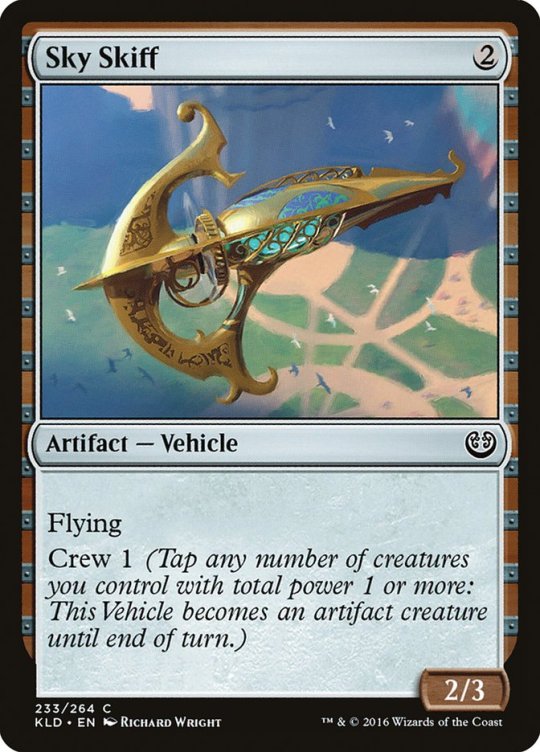

This is all to say, Blue isn’t claiming you can just will yourself to grow wings or have perfect vision but rather that with the right amount of knowledge, one can do these things in order to make themselves better if they so choose. This is where Blue’s themes of technology come in since said devices and technology allow you to alter yourself and/or do things that you could not do on your own.
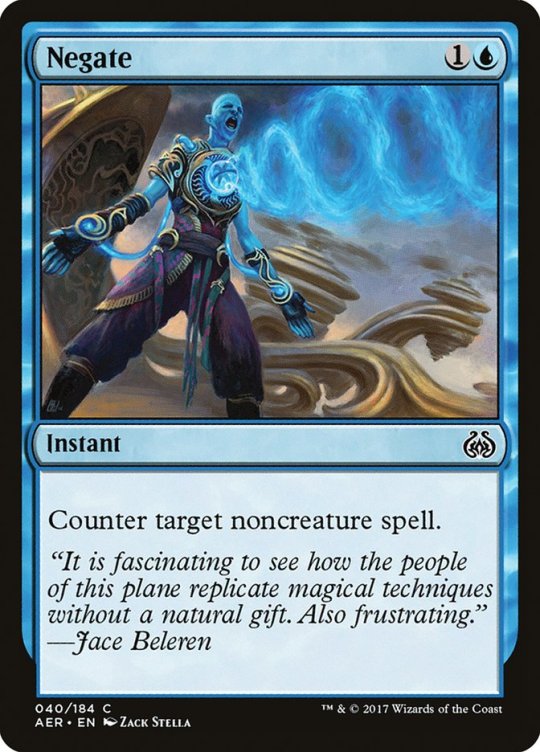
Normally, humans cannot fly but airplanes change that. Normally, nearsighted people cannot just manifest 20/20 vision but glasses change that. So Blue’s idea of a blank slate is more the idea that there is a path that allows you to become whatever it is you want to be if you take the right steps and make the best-informed choices possible and that it is possible for you to overcome and/or break free of things like genetics, fate, destiny, etc.

Blue also has a mindset that encourages one to never give up since there is basically always a way to get what they want. In Blue’s eyes even if it were to assume there is some hypothetical that could literally never be achieved no matter how much knowledge one obtained and no matter how advanced technology became there would be no way of knowing unless you are actually trying to achieve it anyway. The best way I can put it is through an example given in Mark Rosewater’s “STRIVING FOR PERFECTION” article: “For years no human was able to run a mile in under four minutes. Physiologists at the time claimed that it was quite possibly beyond the ability of the human body and that the mere attempt at such a thing would be dangerous to the athlete that tried it. Then one day a man named Roger Bannister did it. Forty-six days later another runner broke the four-minute barrier. Within three years, fourteen more runners had also done it. Now it's the standard for mid-distance runners… It was an impossible task, that is, until someone did it. Then it became a doable task and many people did it. The only barrier was a mental one. Runners couldn't do it because they didn't believe it was possible. Once it was proven possible, it completely changed how they approached the problem. People can do things they believe they can do. If you take a task at hand and assume you can do it, guess what happens? You do it.” This type of perspective in regards to the potential most people have is what Blue’s mindset may often be likened to. In a way in order to understand what is truly possible Blue is saying we must approach everything with the assumption that it is somehow possible. All the color philosophies basically have an answer for what your goal in life should be and how to achieve that and in Blue’s case that goal is basically pushing yourself to the limit and being the very best you can be while constantly seeking to better yourself and the world around you so it can in turn encourage and facilitate ways for you and others to be better. Blue is interesting in that it stresses that one must be flexible and open to all the possibilities while also not being too hasty or quick to action(as to give yourself time to figure out the best possible decisions). Of course, like all color philosophies, Blue usually wants a society that encourages this. So it will typically advocate for citizens being granted good opportunities for education, places to safely experience things through trial and error(as outside of controlled situations you should strive to make as few errors as possible), and some way to access the best and most recent tools and technology so they to can gain the knowledge and understanding needed to better themselves, the society they live in, and the world around them. Blue philosophy is ultimately, and succinctly, revolving around self-actualization(which is defined as “the realization or fulfillment of one's talents and potentialities, especially considered as a drive or need present in everyone.”)
Blue’s emphasis on knowledge, understanding, information, and forethought means that within Magic it often has an emphasis on academics, books & other repositories of information, mind/thought, control, memory, manipulation, artifice, trickery, subtlety, complexity, and illusions. Of course, the emphasis on knowledge means that Blue also has symbolic associations with the mind, and by extension abilities and magic relating to the mind and information regarding it, like telepathy and telekinesis. On the other hand, Blue’s emphasis on utilizing your time to the absolute fullest in order to gather as much information and time to think as possible tends to associate it with time-based magic and passivity and Blue’s emphasis on progress, betterment and what could be what gives it some future symbolism. Meanwhile, Blue’s emphasis on technology, improvement, and tools gives it a strong symbolic connection to construction/technology, artifacts, and man-made items.
Requirements
As with my previous discussion about White philosophy and beliefs, I think it's important to help cement a more concrete understanding of what one needs to believe in to be Blue aligned. I’ll do this by discussing the most basic and barebone ideals needed to potentially qualify for being Blue aligned. Of course there are a couple of disclaimers. It’s important to remember the Color Pie is a vague philosophical and value archetype. The color pie is ultimately about VALUES and IDEALS. A Blue character can end up being hot headed and overemotional, although they would normally see this as a flaw/mistake or potentially have some sort of self justification for it, and not every person who values knowledge is necessarily Mono-Blue or even has Blue in their color identity at all because they may have a different outlook on life or value something more important than progress and knowledge. They may also think knowledge should be used for a purpose different from that of what Blue says. Also, this article is specifically about Mono-Blue so these requirements are only meant to apply to just Blue, and any color combinations that contain Blue mixed with other colors may not necessarily follow the same rules, for example: it is possible to be Blue-Red aligned and believe that your emotions are more important than thinking things through.
First off, in order to be Blue aligned, one must believe that theoretically anything is possible and can be understood with the right amount of time, advanced enough technology and/or a certain amount of knowledge. As mentioned before Blue isn't foolish enough to believe that you can just grow wings with the power of thought but it may be possible in the distant future to create artificial wings, jetpacks, or vehicles that could carry you just as well, or even better, than any naturally occurring wings. Blue can also concede things like the fact that being literally perfect and without flaws is impossible. It’s a philosophy that believes that everything in the universe can theoretically be understood with enough time, advanced enough technology, and/or a certain amount of knowledge and thus believes everything has an explanation even if we do not know what said explanation is at the moment. We might not be able to grow wings or understand all the mysteries of the universe now but who knows? Maybe in a 1,000 years, these things and how they work will be as common as running water or something. If it wasn’t clear from some of my examples you don’t need to believe that LITERALLY anything and everything is possible or that there are no limitations. Like Blue isn’t about to say that a random ass roaches on the sidewalk is about to start inventing advanced technology just because it wills it or that it could reach the same kind of thoughts as a human without outside interference. It’s also important to remember that one tends to only have a limited amount of resources and time(which is why Blue would often say you need to make the best decisions possible). There are plenty of Blue characters that would argue one can never become completely perfect or that achieving something isn’t feasible within a certain amount of time or time frame and for many it would be utterly ridiculous to believe that a human could do something like break the sound barrier while running through sheer force of will and no outside technology to aid them or that you can achieve omniscience and understand all of the universe with the current level of technology.
Secondly, and most obvious, one has to believe in following their mind and using forethought over one’s emotions. This also ties in with the idea of knowledge being powerful and most important since the knowledge you gather allows you to make better decisions and letting your emotions have you just constantly make shortsighted and hair-brained decisions would just put that knowledge to waste. Doing something because “I just felt like it” outside of specific situations(such as a game or something) usually isn’t going to cut it even if you can understand where it is coming from.
Thirdly, you must believe that everyone is a blank slate. As mentioned before this does not mean one needs to straight up completely not believe that things like being predisposed towards certain things via genetics or biology or even destiny and/or fate exist. Rather that it is possible, in one way or another through willpower, discipline, knowledge, technology, etc. to change, overcome and/or break free of these things in one way or another.

Essentially, these are not the end-all-be-all limits for what we can and can’t do as long as we have the technology, time, and/or knowledge to do so. Blue philosophy tends to fall under various types of tabula rasa style schools of thought(that the human mind receives knowledge and forms itself based on experience alone, without any pre-existing innate ideas that would serve as a starting point. Tabula rasa thus implies that individual human beings are born "blank" (with no built-in mental content) and that their identity is defined entirely by their experiences and sensory perceptions of the outside world… ).
A Colorful Quote
In order to hopefully better understand where each color is coming from, even if you may ultimately disagree with it, I thought it would be helpful to pick a quote that I felt really resonated or matched with the color's themes/ideals in order to help package the color in a philosophical form of thought you may be more familiar with or understand.
The first quote is Lao Tzu’s “If you give a man a fish, you feed him for a day. If you teach a man to fish, you feed him for a lifetime.” I feel like this quote does a pretty good job of showing why Blue tends to put all its stock in knowledge and understanding. As that knowledge allows you to do anything and can also be used to aid and better yourself. Understanding and knowing how to fish and how fishing works puts people in a better position than just never accumulating the knowledge while continuously buying fish without thought. Teaching people how to fish instead of just hoarding the knowledge can also allow for a better society and the world. Since dispensing the knowledge of how to fish allows more people to gather food which means society has more food. Having this knowledge also puts one in a position of power since if you know how to fish but your clients do not then they are more likely to have to rely on you and do what you say for food. “Knowledge is power” as they say(a phrase we’ll come back to later). Similarly, the famous Sun Tzu quote “If you know the enemy and know yourself, you need not fear the result of a hundred battles. If you know yourself but not the enemy, for every victory gained you will also suffer a defeat. If you know neither the enemy nor yourself, you will succumb in every battle” also shows how a philosophy that puts all its stock in knowledge might be appealing to Blue, and both quotes display that when Blue is faced with a problem it almost always advocates to tackle it from the angle of knowledge. The first quote also shows how knowledge can be used to make the world a better place, by teaching others, and this Sun Tzu quote also displays that while knowledge can be used to make the world a better place it can also act as an offensive or defensive weapon by understanding a situation or knowing something your enemies do not.
"Mind over matter" is a popular phrase and is defined by the Merriam-Webster dictionary as “-used to describe a situation in which someone is able to control a physical condition, problem, etc., by using the mind.” As mentioned before, Blue doesn’t necessarily believe you can say just start growing wings through sheer force of will but I feel like this quote still tends to embody a very Blue mindset or goal. Mind over matter situations are going to be the types of situations Blue tends to gravitate towards, and views problems as, because Blue believes that knowledge, willpower, and time can allow you to overcome many different kinds of weaknesses and problems.

The emphasis on mind over matter is also why in the game of MTG Blue tends to get things like telekinesis, an ability that allows one to perform physical actions using the mind and may even allow them to do things they could not do physically. While Blue can still believe in getting jacked and perfecting one’s body/physique it will argue that the best way to approach this is through knowledge and understanding. At the end of the day if you can understand the why and how something works it is possible to exert your will over it in some way and get the desired result. You may be able to increase your stamina while running by pushing yourself to the limit and exercising or by using some specific running technique. As pointed out earlier, from the perspective of Blue how can we know what truly is or isn’t possible for both the world around us and ourselves if we don’t push ourselves. I’m sure everyone had a situation or thing that they thought they would be bad at but turned out to be actually decent at or enjoy it. Or maybe you thought something like “I’ll never be a good artist” only to see how far you’ve come a couple years later.
“Knowledge is power” is a phrase that one could argue may apply a bit more to Dimir(Blue-Black) philosophy but I think it also applies to Blue quite well, and while Black and Blue do overlap in an emphasis on knowledge, Black sees power somewhat differently than Blue and doesn’t always see knowledge as being synonymous with power. However, I’ll get into that later. Of course, the color philosophy that believes knowledge and understanding can be used as a way to achieve anything would also see those things as the vectors for obtaining power and control if it really wants or needs to. This quote is also meant to emphasize the importance of passing on knowledge and education which is usually going to be important to Blue philosophy. Knowledge gives you the power to gain control over your own life. Similarly, Martin Luther King Jr’s “Science gives man knowledge, which is power; religion gives man wisdom, which is control” hits a lot of the same beats(even if it might be overall a more White-Blue or Bant(Green-White-Blue) quote).
“Measure twice cut once” is a quote that I feel perfectly encapsulates Blue’s ideals of trying to take as much time as possible while using the knowledge you have to make the best possible decisions. One only has so much resources and so much time so it is best to avoid careless mistakes or accidents as much as possible. You shouldn’t just go with whatever your emotions or gut tells you but always be trying to use your brain. Your emotions and what you want aren’t always the things you need and may sometimes only offer short-term gratification at the expense of more important or long term goals. You also shouldn’t rush things and try to take the time to understand a situation/problem as much as you can. Doing this can also save you even more time down the line than just rushing in would have.
Finally, “knowledge is its own reward” is probably one of the most Blue quotes out there. Out of all the colors Blue is the one that is most likely to be concerned about knowledge for knowledge’s sake because it wants to accumulate as much as possible since you never know when said knowledge may come in handy and it may reveal yet another bit of knowledge you didn’t know you needed. While Blue does have its own reasons for wanting to obtain knowledge, such as perfection and self-betterment, the other colors, such as White and Black, are less likely to care about knowledge for its own sake and are more likely to see it as just a means to an end.
Philosophical Strengths
Despite all of Blue’s themes of perfection, nothing is truly perfect and that goes for all color philosophies, including Blue. However, before I go over Blue’s philosophical weaknesses it is vital to go over Blue’s philosophical strengths in order to show some of the upsides and positives its philosophy can often encourage.
Blue’s most obvious and noteworthy strength is how it can encourage the use of knowledge and information. Blue does not only seek to figure out the best ways to acquire knowledge but also how to properly use knowledge as a tool. This encourages a way of approaching things that involves taking the time to utilize said knowledge by looking at the big picture/plan, and trying to figure out the consequences of each and every action they take. Blue strives to never act careless or without great thought and this can lead it to being less likely to make obvious or avoidable mistakes and consequences(but this does not make them immune to them mind you. No one is perfect). This also ties in with how Blue values restraint due to prioritizing using one’s knowledge and forethought over letting one’s emotions control them. This is another factor that can encourage the avoidance of careless mistakes. Blue argues for preparing for the long game and big picture and tries to not let its emotions ruin more important or bigger term goals for short term gratification. Blue’s prioritization of knowledge and understanding also makes it more likely to notice, understand, and/or utilize nuance(s) that may otherwise be missed.
Going back to knowledge being a powerful tool, it is important to remember that one such way it can act as a tool is by being a weapon. It’s easy to see Blue and assume it just wants to spread knowledge constantly at all times but since Blue sees knowledge as vital when it’s approaching an opponent it seeks to not only use its own knowledge but restrict the knowledge of its opponent. This means Blue is more likely to lean into things like secrets, trickery, disinformation, and lies. By restricting someone’s access to information/knowledge you gain a tactical advantage because at the end of the day there’s only so much someone can do if they don’t even know they’re in any danger or what you even plan to do.

Due to this, Blue can have a bit of an underhanded sneaky quality that some people may miss when discussing its color philosophy, but I mean it is ally colors with Black(a color that’s all about doing literally whatever it takes to get on top.) so this trait is to be expected to one degree or another.
Philosophical weaknesses
Now for the weaknesses. A philosophy all about knowledge and understanding may be seen as being objectively all upside by a lot of MTG players at first, but nothing is perfect. Even Blue still has some weaknesses.
For one, Blue philosophy is one that can encourage being very passive to a fault. Striving to think just about everything through and utilize all the time available to do so can make quick decision making or taking immediate/spontaneous action difficult unless you already knew something was coming. This means that Blue may be prone to being outsped by others or opponents taking initiative and making a decision before it can figure out the best course of action. Simultaneously, this can also severely limit Blue’s flexibility. Blue is ultimately a philosophy that is extremely adaptive since it's all about “anything is possible,” and “everyone is a blank slate” but it is not the best at encouraging on going with the flow and/or being flexible enough to change and adapt on a dime. Blue is all about finding answers and improving but via an overall slow process of carefully considered knowledge and thought. This also segways nicely into my next point. While it can act as a strength, Blue’s restraint can also become a weakness when pushed too far. Due to Blue doing all it can to take its time and fully understand what’s happening in order to make the best decision possible it may end up becoming paralyzed and not making a proper decision. Think of it this way, Blue is all about being the best you one can be and part of doing that is trying to make as few mistakes as possible while also making the best decisions one can make. This means that Blue can sometimes end up becoming “paralyzed” while it tries to figure out not just what choice(s) to make but what is the very BEST choice(s) it can possibly make while considering all the nuances and trying to avoid any mistakes.

This can encourage inactivity and even potentially not making any choices at all or not making a choice in time out of fear that one may make a mistake, bad decision, or a suboptimal choice. This is another factor that can encourage a mindset that leads to one not making decisions fast enough.
Another way that Blue’s emphasis on knowledge can end up acting as a weakness is that Blue is a philosophy that tends to want to put all its eggs in the metaphorical basket of understanding what’s going on. This can once again add on to Blue’s weakness of acting too slowly or not at all, as Blue may struggle to come to a decision if it is put in a situation in which it can’t or has trouble understanding what’s going on. The other colors are more likely to advocate for taking action or make a choice even if they don’t or can’t completely understand the full picture of what is happening or what they are facing. This also means that Blue is usually the slowest out of the five colors in mindset, flavor, mechanics, and gameplay.
Another thing to consider is that Blue believes almost anything is possible. Which can, when pushed too far, encourage an outlook that pushes someone way too hard or tries to force things to change/happen in order to prove something or because it feels like it can. This can be sort of seen with some of the Green-Blue Simic Combine’s, the Blue-Red Izzet League’s experiments, as well as some of the horrifying creatures created by Innistrad’s various Blue mad scientists and Black-Blue stitchers. The best way to think about it is there is a sort of Victor Frankenstein side to Blue. The idea that everything can be known and mastered. This can sometimes lead to this philosophy pushing things a bit too far in the same way most people agree that Victor probably shouldn’t have been messing with life in the way he did. To Blue, The world is everyone’s sandbox in a way, anything can be improved and fiddled with.





Sometimes Blue encourages one to push themselves, others, or the world around them too far just to see if it can or in order to better understand it. To Blue, the world is its canvas in a sense.
Common Misconceptions
This brings me to what is becoming one of my favorite parts to cover in regards to color the Color Pie. One thing I’ve noticed about the Color Pie is there tend to be a lot of misconceptions about it in general. This is understandable because most people aren’t losers who will read and listen to all of Mark Rosewater’s Color Pie teachings and probably won’t technically need to know much about it outside of general gameplay mechanics. Although, of course, I still want to tackle these common misconceptions to show some of the work and understanding that Magic’s designers and writers have that people may overlook. I also want to hopefully make any conversations someone may have about the Color Pie more informed, nuanced, and productive.
One of THE MOST common misconceptions I see is that being Blue makes you smart, or that being smart must mean you’re Blue. This also tends to extend to people who begin to self identify as Blue and identify other people as Blue because they are smart and not because they actually agree with Blue philosophy. First off, just thinking a lot or appreciating thought doesn’t make one any more Blue then having emotions makes someone Red, having to eat makes someone Green, or wanting rules/regulations makes someone White. The color pie is a VALUE system; it ultimately comes down to what one values as more or less important. The other colors can all value or like being smart or intelligent but may not see gathering knowledge and information in order to improve yourself as the most important thing we should strive for. Furthermore, it also comes down to how you would argue one should use said knowledge. Blue would argue you should use knowledge and understanding to better oneself(although if you want to include multicolored identities it is possible to have Blue in a color identity and see knowledge as a thing that should be used for some other goal. However, my point still stands). This brings me to the other point. Blue VALUES knowledge but simply valuing something doesn’t automatically mean you have it in spades. Just valuing information doesn’t mean you have it and just valuing being smart doesn’t mean you are smart. Let me put it another way, not all Black aligned characters are powerful just because they value power and ruthlessness and not all White aligned characters are kind and just people simply because they value those things. That’s like saying that just because you want to be rich that means you are rich. You can have weak Black aligned characters and asshole White aligned characters. Likewise, you can have stupid or uninformed Blue characters.


The truth is, just merely being smart is a trait that anyone of any color or color combination can have in the same way that something like being emotional or shy is. This kind of goes hand in hand with the misconception that the Red alignment is somehow inherently stupid even though Red can be quite smart.
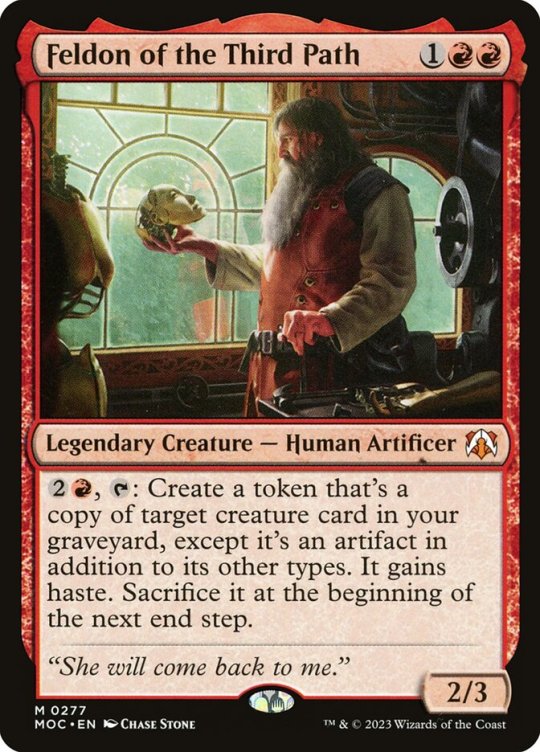
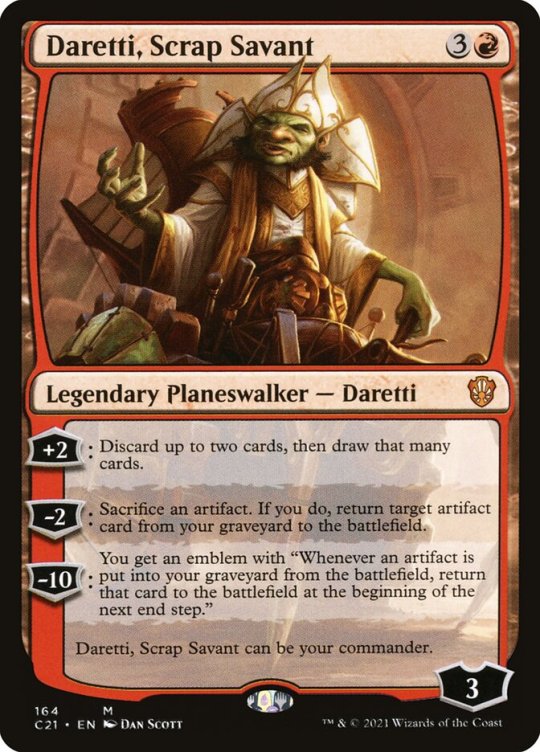
In fact White, Black, AND Green all greatly value knowledge in their philosophies, but just in their own different ways.

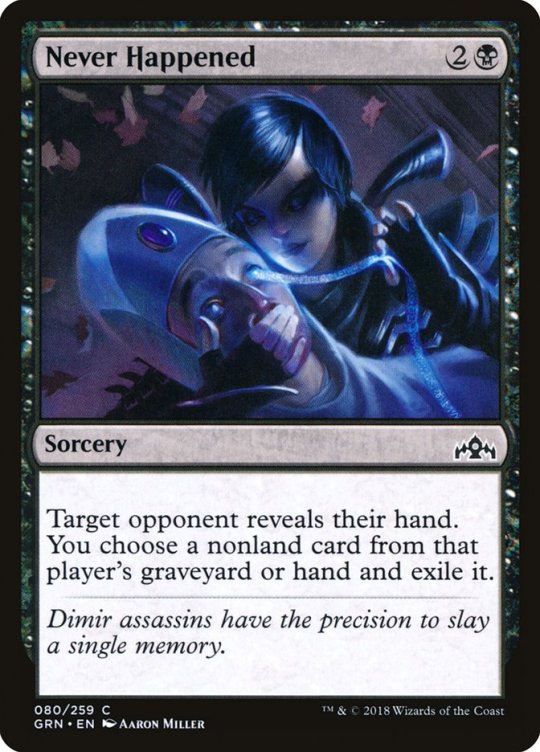

Now it is important to acknowledge that personal philosophy can influence traits or personality even if they aren’t one to one. You don’t need to be super emotional to be Red aligned but, since Red is all about following your heart and doing whatever your emotions tell you one could argue or acknowledge a Red aligned character is more likely to act emotional. So one could argue that a Blue aligned character may be more likely to come off as smart or knowledgeable because they are likely to reward themselves for going out of their way to seek knowledge and information, and a Black character is more likely to seem powerful because they have a philosophy that rewards being power hungry. However, there can easily be an overly emotional Blue aligned character who struggles to control their emotions, sees their emotions as justified, or feels that they aren’t letting their emotions control them even if they actually are(people are weird and aren’t always perfectly rational. Sometimes people convince themselves that what they are doing fits in line with their world view or is justified). I would also be remiss not to mention the impact Magic’s cards themselves may have on the general public’s perception of a color. It is important to remember that most(but not all) cards are depicting things from their associated color(s) perspective.

So the reason Blue cards may often come off as “smart” is the same reason so many White cards may invoke heroism and all kinds of heroic and “good” traits. That’s how the color itself tends to view said action or person being depicted on the card. Blue wants to be smart and make the most calculated and logical moves by utilizing all the information it has available. Also, being Blue doesn’t mean you are well rounded in your knowledge or have a perfectly even field of expertise on almost all subjects while spouting fun facts the entire time. Blue is ultimately all about using knowledge to better yourself so if your best self involves idk becoming an artist or something then one may tend to seek out information regarding art and art techniques and is less likely to go out of their way to understand how a car engine works.

I mean, yes Blue will argue you should obtain knowledge as you can because you never know if it will be useful or reveal something you didn’t know would help you(I mean I’m sure everyone has heard stories of how say a football player learning ballet helped them play football better and the like) but Blue also acknowledges that most people have limited time and resources. Which in its eyes, making careful and considered decisions through knowledge in order to avoid as many mistakes as possible and make the best decisions possible is so important. Not everyone has the time to read through an entire library so it is important to carefully pick and choose what you want to do so you can better yourself. Additionally, Blue isn’t even saying you need to be good at everything. Your best self may specialize in a very specific category or may not be a jack-of-all-trades. The point here is that Blue philosophy isn’t one that is just about being the smartest person in any given room. It is about self-improvement.
#mtg#magic the gathering#color pie#color philosophy#mtg article#TheTasteOfMagicTheGathering#TheFlavorOfMagicTheGathering#Douglysium
12 notes
·
View notes
Text
Mtg color pie analysis:
"You've just won the lottery! What do you do with your money?"
White: Donate to charity
Blue: Go to college
Black: Start a business
Red: Buy a car
Green: Gift it to friends and family
6 notes
·
View notes
Text

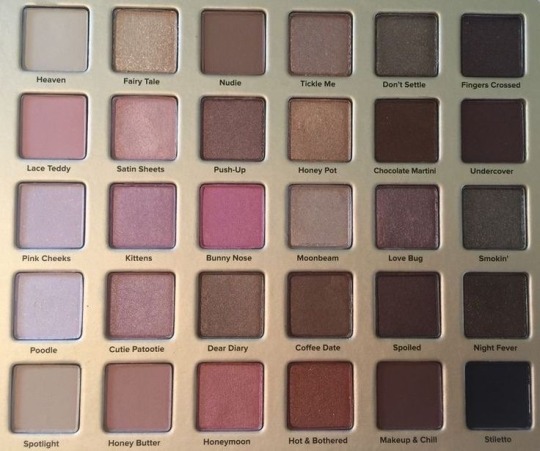

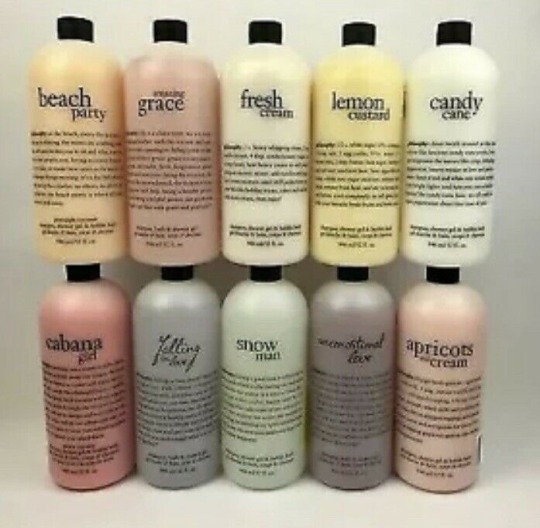


I’m obsessed with calico critters 💗🤍🦢
#girlblog#girlblogging#girlcore#this is a girlblog#waif#rotting#calico kitten#calico critters#just girly things#this is what makes us girls#philosophy#lana del ray aesthetic#color palette#coquette#glitter#girly tumblr#femcel#female manipulator#he hit me and it felt like a kiss#hell is a teenage girl
3K notes
·
View notes
Text

Pokémon Timeskip Series: Champion Dawn 🌸❄️
Known as Sinnoh’s Ice Queen, Dawn is best known for her intimidating yet caring nature. She’s fierce and calculating, never leaving any room for error especially when it comes to battling.
On her off days you can find her in the contest hall, a hobby she picked up from her mother, or in the Battle Frontier/Pokémon Lab to catch up with her best friends.
It is said she was recently engaged to a certain johto boy (Ethan. It’s Ethan.) however they will not publicly revealed their plans for the wedding as of yet
Made a timeskip adult champion Dawn design a while back! It’s still my favorite of my timeskip series hehehe I hope you enjoy!
Twitter link
#trainer dawn#pokemon#pokémon#dawn pokemon#Art#Ally draws stuff#pokemon timeskip#Wait I can ramble in the tags that’s fucking right#ok so her design was heavily inspired by Cynthia obviously carrying over the same sorta philosophy#She has a few references to the Pokémon she uses! The scrunchies on her wrist for example relating back to (Shiny) Mega Lopunny#Very proud of that Diamond and Pearl necklace btw while her skirt alt design comes with a jacket so it’s v platinum-esque#She has moon earrings if you zoom in closely along with her star clips!#I still like the triangle clips she has cause it’s a more shape but star clips are cool hella regal#I forgot Lucas wore a beret tbh 💀 but translating her hat to a beret was hella fun#also DP color scheme ofc but I changed it up a bit hehehe#her shoes are a reference to palkia in a way! I paid a dumb amount of attention to how Pokémon translates shoes…#But yeee she’s my favorite timeskip design by far along with my Lyra#I have this whole story I’m building up I hope to release one day hopefully aaaa#The Cherry Blossom in the Winter Snow……….#Oh yeah the engagement ring…… she and Ethan are engaged btw 😳#pokemon dppt#pokemon bdsp#YUCK THERES A BDSP TAG NOOOOO gotta do it for the clout
383 notes
·
View notes
Text

Professional Possum
#mcyt#undescribed#fanart#art#pearlescentmoon#hermitcraft#yeah i had to give her a fursona eventually.#i feel like she kinda looks like a squirrel here like the giant colorful ones but i based it off of the common bushtail possum#idk if they have as much of a reputation for being little trash gremlins as the american opossum#but from what i could tell they do have urban populations which probably means they get into the trash sometimes. so#i approach fursona colors based on vibes alone so thats ehy blue yellow purple. sparkledog philosophy#furry designs
337 notes
·
View notes
Photo
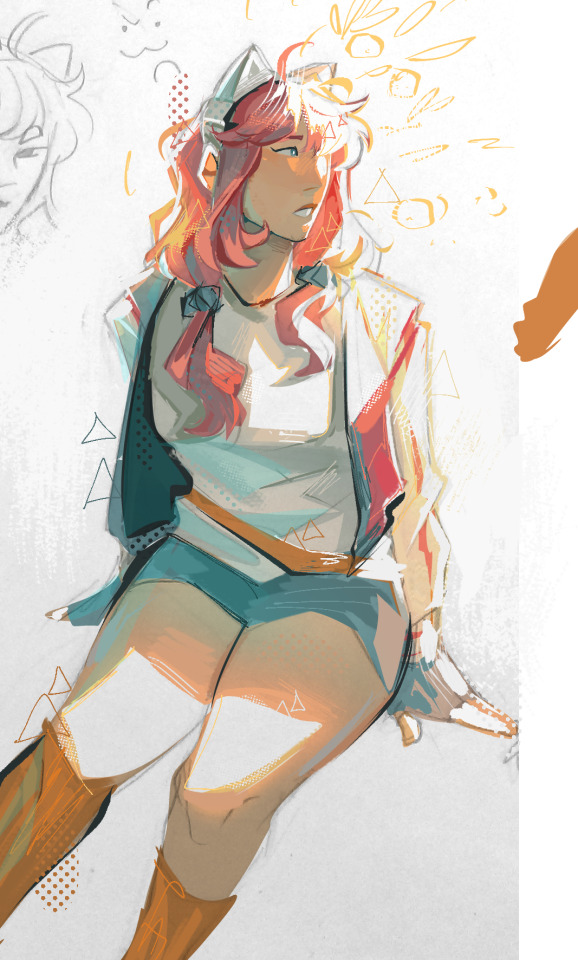
[ID: Digital illustration of Iris Sagan from AI: The Somnium Files. She is sitting and looking off to the right. The piece is done in vibrant pinks, blues, and oranges while Iris herself is being lit strongly by sunlight above. The background is mostly empty save for a loose line sketch of orange branches which frame her face. End ID.]
🍊
#iris sagan#aitsf#ai the somnium files#fan art#my art#2022#described#i drew her in my philosophy notes and wanted 2 color her digitally hehe
1K notes
·
View notes
Text
writing fry like a child:
unoriginal
flanderizes his stupidity in the same way as every other flanderized 'stupid' character out there
vaguely ableist
makes his relationship with leela very weird
writing bender like a child:
comically surreal for his species
reframes his egotism in a more funny/compelling/sympathetic way by just having him in a perpetual developmental stunt
somewhat canon compliant (he started the series as a two-year-old)
makes his relationship with fry and leela even funnier
#futurama#philip j fry#bender#obv i dont think bender IS a child but my philosophy for writing him is to imagine him as an attention-seeking teenager w an identity crisi#fry has a lot of developmental issues going on but hes so strongly coded as ND it is so uncomfortable to see the show joke abt him-#-being an actual child and not just a grown man w some childish interests#and also its just not funny lol. sick of 'stupid' characters being written that way#anyway remember bender coloring in fun on a bun. that was adorable
96 notes
·
View notes
Photo
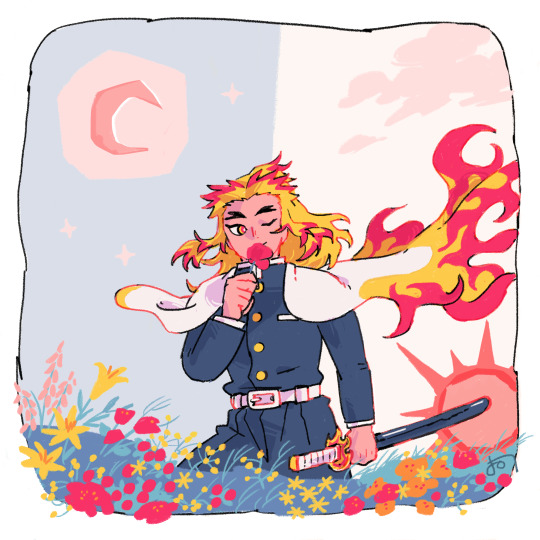
beautiful!
#demon slayer#kimetsu no yaiba#rengoku kyojuro#kny#rengoku#kyojuro rengoku#my art#i meant to draw rengoku a long time ago but had trouble deciding how exactly#i rly liked his spirit and life philosophy so that's what i wanted to capture#so...✨symbolism✨#he's walking head high towards the night aka demons and death#but still looking towards the day and life and enjoying the colorful path he walks
3K notes
·
View notes
Text
“[The color] black is real sensation, even if it is produced by the entire absence of light. The sensation of black is distinctly different from the lack of all sensation.”
—HERMANN VON HELMHOLTZ
94 notes
·
View notes
Text
Trying to figure out how I would flesh out wedge identities, so decided to take a page from MaRo's book and have them talk to one another. First up.
White, black, and red - Order through structure, action, and opportunity.
White: Order through structure means having strict rule-
Red: Ha! Rules schmules
White: Why must you be like this
Black: Because they are. Simple as that.
White: Ugh… here we go again
Red: So tell me, who exactly defined what order is? Order doesn’t mean peaceful. Hell, I’d call most order not peaceful
White: Order is the way the world should be organized, so that the most people gain the best access to what they have and need, its a system where everyone is allowed to live
Black: No, it isn’t.
White: What? What do you mean?
Black: Order is how things are organized in a logical manner, yes, but they are not inherently ordered around “goodness”
Red: See! Black gets it!
White: Ok ok, so what do you two propose order as?
Black: Easy. Order is how the world is organized. Order should be based on power.
White: Power?
Black: Yes. Power. The people at the top have the power, they make the rules and everyone else plays by them
Red: Eh, I can see where you’re coming from black, but I don't fully agree with that. Order is how the world is organized. Order should be based around freedom
White: Freedom? How?
Red: Order should be based on saying “here is everything we don’t allow. If it's not written here, it's a free game.” It should show the hand everyone starts with, metaphorically speaking, and clarify what is not an option. It shouldn’t just rule out personal thoughts and motives. It's the difference between telling someone they can’t do something while they’re in the middle of it versus telling someone up front they can’t do that and allowing them to think of other options for themselves. You want the world to be even? Give everyone the same playing field.
White: I can’t believe I’m actually saying this…. But that actually makes some kind of sense.
Red: See! I’m not against structure, I'm against pointless structure. Whatever rules are made should be as simple and all encompassing as possible. No complicated legalese telling specifics, it should be all about giving people the information they need.
Black: Ok, I want to chime in here. I can see you two agreeing on this but I want to remind you I’m also here. I think order should be used to put the powerful, me, at the top. How does that fit into your little utopia plan?
White: Uh….what… what if… oh Serra I’m actually saying this and kind of meaning it. What if we base the order around power, so that the person in charge declares the base rules and others can interpret them. What if… what if we all stay together at the top and set out guidelines that others can live with.
Black: How does that give us power though?
Red: Oh! I get it! It gives us power because we have the ability to change the rules once we’re on top. We can stop others from taking our place by blocking the path we used to get there with new rules!
Black: Hmm… interesting. I can’t believe it's actually happening… but I think we may have an agreement here.
White: Holy shit that’s a first.
Red: Wait we can cuss!? YOU CAN CUSS!?
White: Yeah, no shit.
Black: You’re both fucking idiots.
Red: I hate you both, but I think that’s an agreement. Truce?
White and Black: - Truce.
#i'm writing more#mtg#magic the gathering#idk#mtg colors#color philosophy#colors#mardu#dega#boros#rakdos#orzhov#identity#mtgcolor#mtgaddicts#discussion#white#black#red#white black and red#savai#color talks#colortalks#colors talk#color discussion#philosophy#magic the card game
10 notes
·
View notes
Text
The Flavor of MTG’s Color Pie(Part 1/4(Reuploaded))
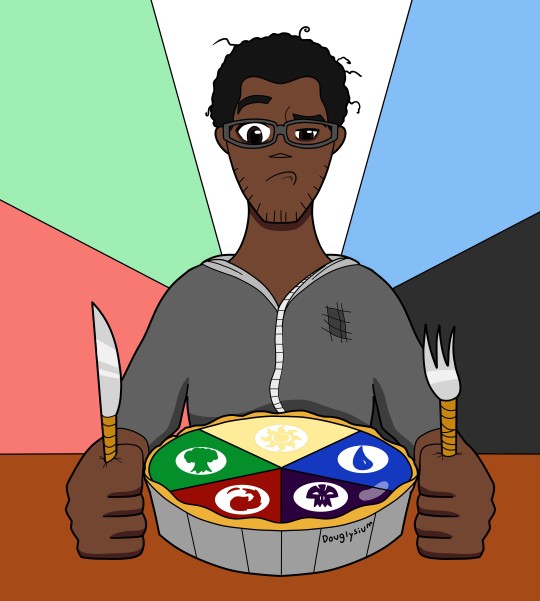
Introduction
So, I have since finished my little miniseries on the tribes of Innistrad and how their color philosophies express them in their culture, story, and mechanics, and I really enjoyed talking about it so I figured I would write some stuff on the factions as we see them on different planes and how the color philosophies manifest within them.
I have also realized that this article is way longer than I thought it was going to be so I’m going to make a different version that splits each section into parts.
Before I move on if you want to see my previous(much shorter) MTG articles covering the tribes of Innistrad then you can view them here- https://douglysium.tumblr.com/tagged/TheTasteOfMagicTheGathering. If there’s a specific tribe you want to read about then you can view them here.
Werewolves- https://douglysium.tumblr.com/post/662623213059276800/the-taste-of-innistrads-werewolves
Humans- https://douglysium.tumblr.com/post/662755543203643392/the-taste-of-humans-on-innistrad
Angels- https://douglysium.tumblr.com/post/663299115099308033/the-taste-of-innistrads-angels
Geists- https://douglysium.tumblr.com/post/664030257036361728/the-taste-of-innistrads-spirits
Zombies- https://douglysium.tumblr.com/post/664566115054256128/the-taste-of-innistrads-zombies
Vampires- https://douglysium.tumblr.com/post/664656723908362240/the-taste-of-innistrads-vampire
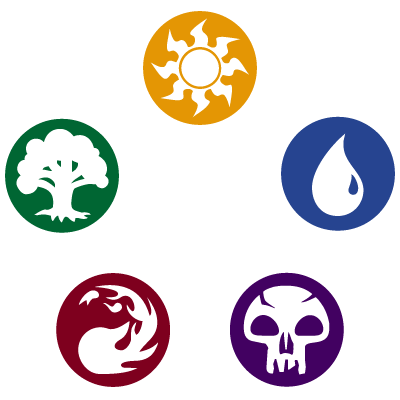
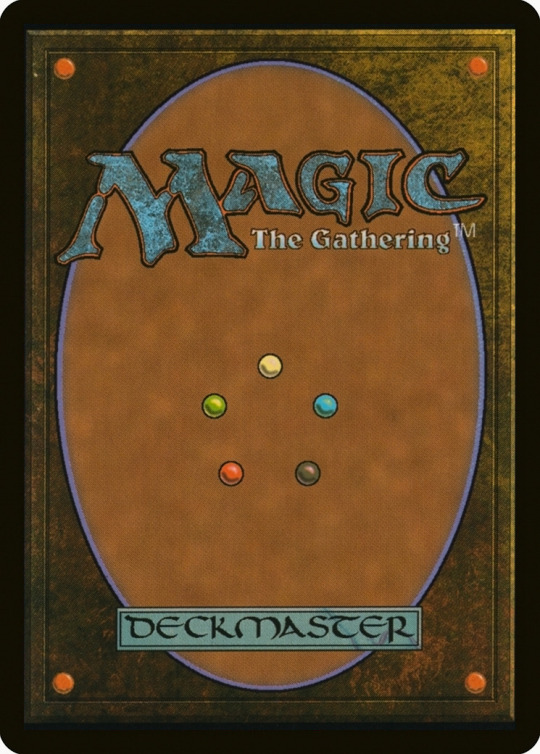
I could basically talk all day about the Color Pie if you caught me in the mood, and it turns out I am in the mood.
Although, before we jump straight into the philosophies themselves I decided to make this little intro first to cover my overall goal with this piece. The idea behind this is that it’s basically a housekeeping article. I take what I feel are some important overarching things to consider no matter what color or mechanic you are looking at and try to summarize them so I won’t be forced to repeatedly explain the same concepts over and over, and we can spend more time looking at the aspects that are more specific to each color.
As for what this series covers? Well, my first goal is simply to give my own explanation and thoughts about how the colors work but I also want to look at both the philosophical, and mechanical/gameplay sides of each color and how they tie into each other. I want to look at flavor questions such as how a White-aligned character may act or why this Green-aligned character may not like that Green-aligned character or how a faction’s color alignment can tell us about its goals and priorities, and gameplay questions like “Why does Blue draw so many cards? Why does Red have Haste? Why is Black always bringing stuff back from the graveyard?” etc. I do plan to still cover the color identities of factions within Magic’s multiverse eventually, probably between color articles to keep things interesting, but for now, our focus is on the colors themselves as I feel this creates a good foundation for any future tribe or faction based analysis, since if anyone is ever confused about something I bring up regarding colors in general then they could probably check them out here.
I should also mention that I’m definitely not the first person to cover the philosophies of the colors. You have people like TheManaSource, Dicetry, It’s Not Good, Lorely Writes, and even people who literally make Magic the Gathering products at Wizards of the Coast themselves, like Mark Rosewater, have plenty of blogs, videos, and podcasts that cover it. In fact, as I’m writing this Mark has recently made a convenient compendium of all his Color Pie related stuff, which you can check out here → https://magic.wizards.com/en/articles/archive/making-magic/lets-talk-color-pie-2021-10-11.
So at the end of the day, my goal with this article is to 1. Summarize and go over some general overarching themes or questions regarding the colors, 2. Act as the groundwork for the rest of the series and 3. Hopefully, allow me to explain why I personally love the Color Pie. So let’s begin.
The Color Pie in General
So first off, what does it even mean to be aligned with a certain color? Well, basically the gist of each color is that they represent a character’s core values and, by extension, their ideology. An example of this would be how Blue believes that the most important thing in life is being the best you one can be and that the optimal way to achieve that is through gaining knowledge, meanwhile Red believes the most important thing in life is to follow your heart and do what you want. What determines what color alignment someone/something falls under is not necessarily the state of their existence or even their personalities but rather what they believe in and value. I mean yeah, goblins are often Red-aligned and different species or tribes within Magic tend to share one or more colors for various reasons, such as culture, but this isn’t the end all be all mind you. Being human doesn’t mean you have to have White in your color identity, and just being a living thing isn’t enough to make you Green-aligned, and simply being hungry and wanting to eat or just feeling emotions does not guarantee you are of the Red-alignment. Heck, if you want to go back to the second point, we have even seen robots with Green in their identity. Which I know may surprise some considering how often it can destroy artifacts and how much it holds nature in high regard.

When it comes to the point about personalities, what I mean is that while it is true that a character’s personality can give you clues about what someone’s/something’s values is there is quite a bit of nuance to it. A common example we are given to help prove my point is that just because someone is super organized does not mean that they are aligned with White, but if they VALUE organization and the greater good they might be White-aligned(by extension I suppose this would also mean you can have messy or slovenly White-aligned characters). A mistake that I feel happens relatively often is that I see people assuming that a color has a sort of monopoly on a concept, behavior, or trait. For example, Red is the color that values emotion the most. So some people may look at Red and determine “Ok, so every card that depicts strong emotions, or an emotional moment has to have Red in it right?”

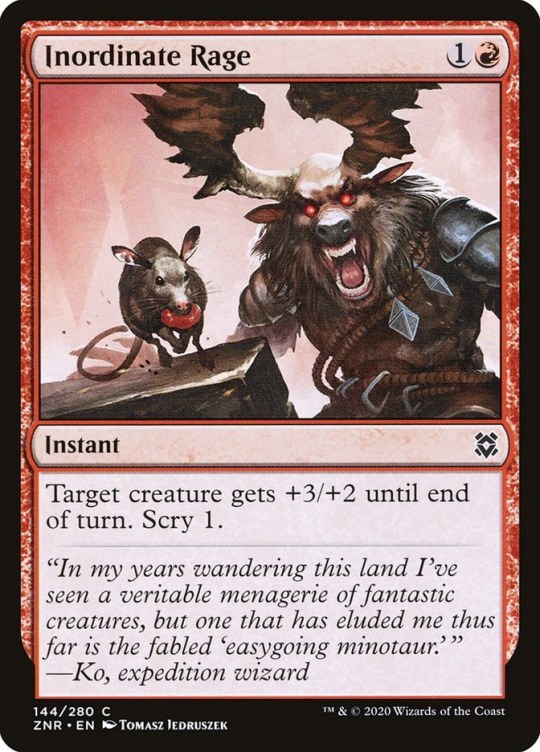
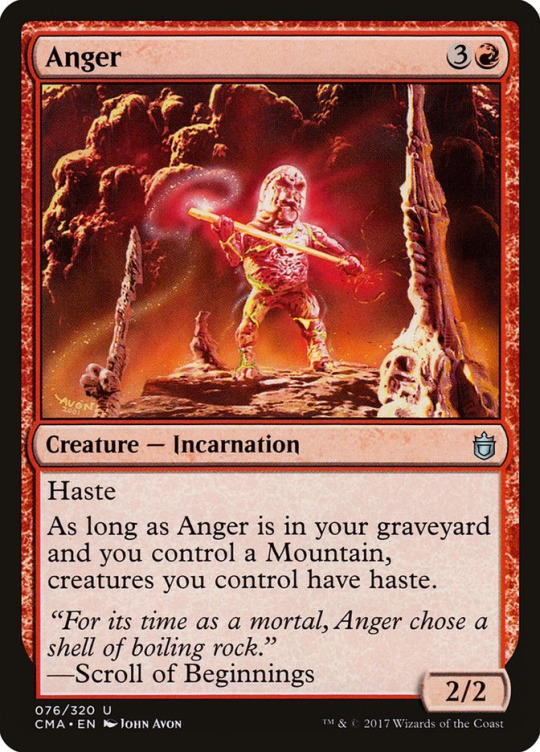

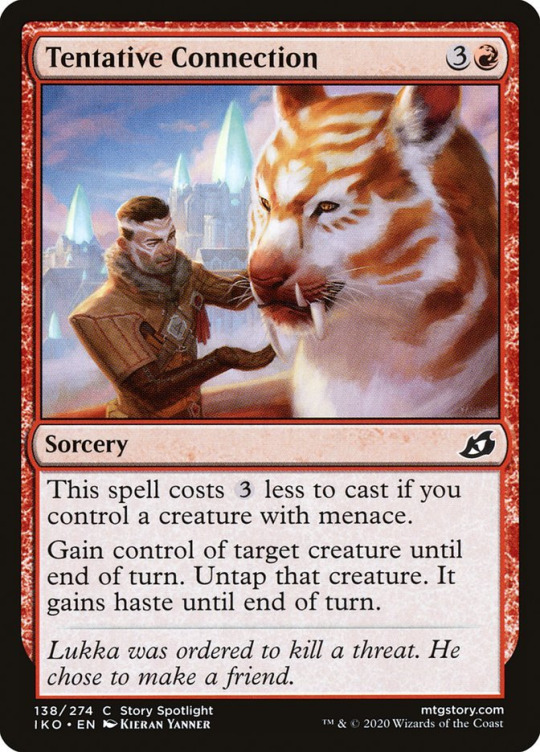
Well… no…
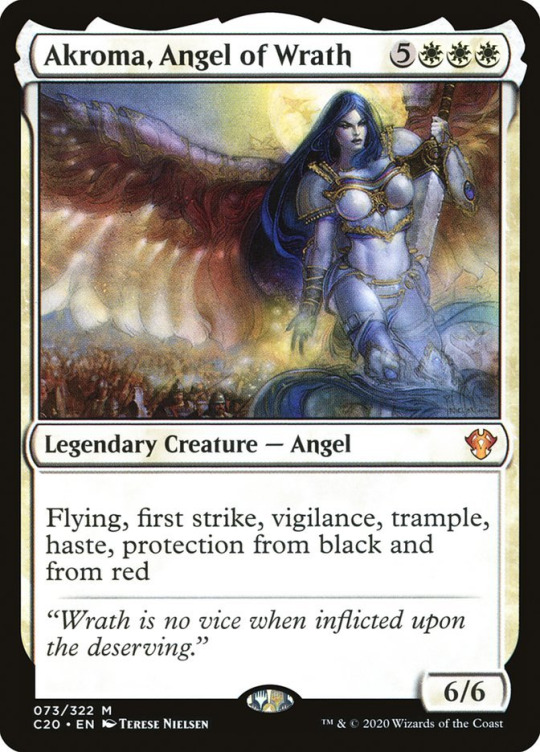
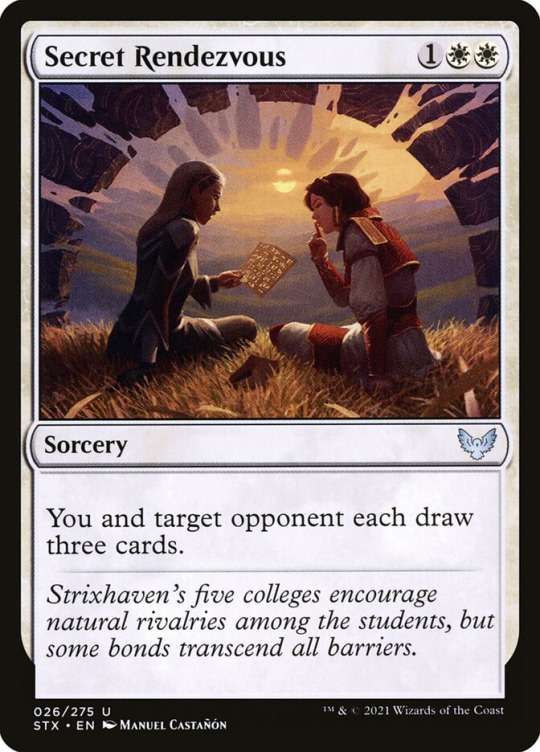

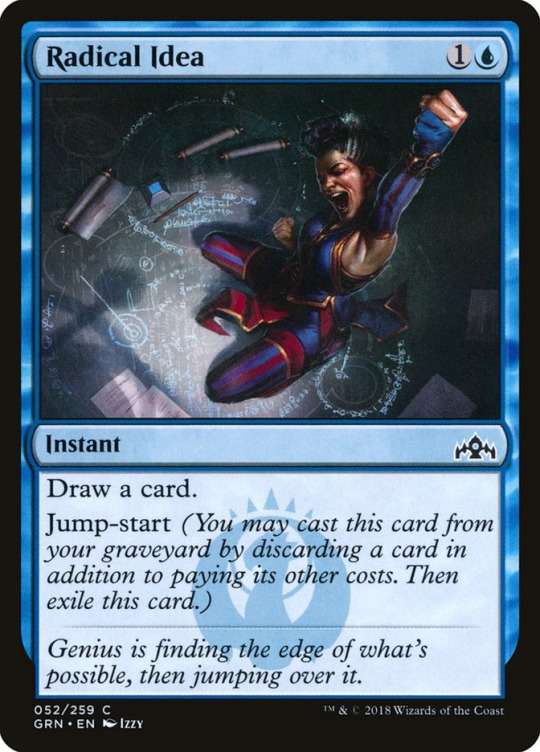



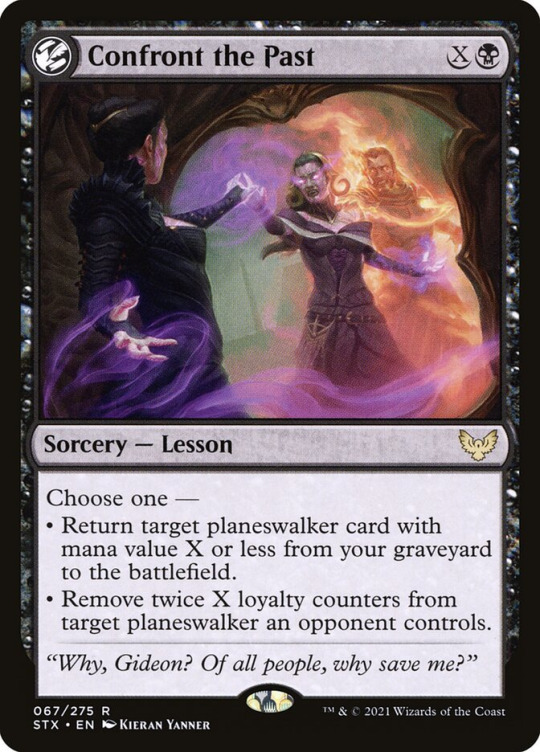

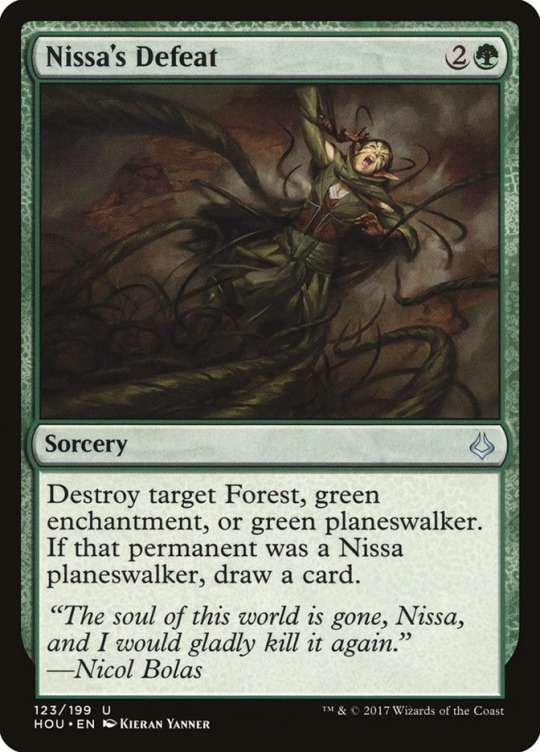
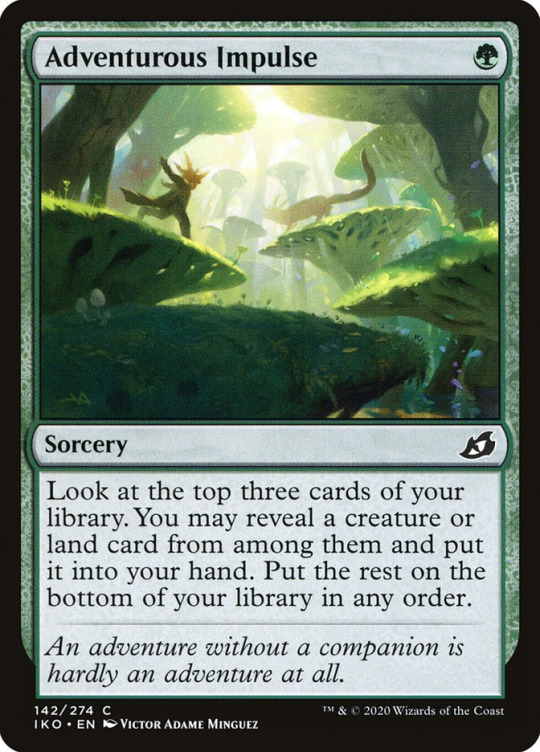

Now don’t get me wrong, Red is clearly the MOST LIKELY to have cards depicting strong emotions due to its belief that you should follow your heart first and foremost. However, that doesn’t mean that the other colors don’t have any emotions or can’t have emotional moments. What tends to be more important when looking at the colors as a whole is not only whether a character within that color has emotions but how they view their emotions and the emotions of others.
Let’s say you have two characters that are both really really angry. We will refer to these characters as John and Jim. John hates bottling up his emotions or holding them back. He believes that you should follow your heart if you want to be happy in life. So when John gets angry he doesn’t pull punches. If someone pisses him off he’ll simply fight them and say something like “Well he shouldn’t have pissed me off,” or maybe he’ll just scream at them and storm off. Both of these outcomes are equally likely.
On the other hand, there’s Jim. Jim is also super emotional but he has a strong moral code. He argues that it’s wrong to get into fights with people when it can be avoided and that you shouldn’t let your emotions control you or else you may end up causing a lot of unnecessary pain for both yourself and others and that’s something he abhors. So when Jim gets super angry he may raise his voice a bit but he will avoid throwing the first punch and will usually go home and do jumping jacks as an outlet for his anger.
Now as many can probably guess in this example, I think it’s safe to say that John is of the Red-alignment in some way while Jim is of the White-alignment in some form. John is someone who believes in following his heart and thus will prioritize what he feels and wants above basically everything else in a given situation. Jim is also an extremely emotional character but he prizes morality and peace above his emotions and is thus more willing to put off things that he wants to do(like punching someone in the face or yelling) for the greater good, or the good of the many. The point I’m trying to get across here is that it’s not that all White or Blue-aligned people intrinsically hate emotion in all its forms but rather they disagree with what Red values and how it reacts to emotions, and by the same token Red has a problem with White and Blue’s priorities. It’s also important to take into account that no one is perfect. It is possible for Jim to get so angry that he fails to properly contain his emotions and he ends up punching someone or getting into a fight. However, due to the philosophy of the White-alignment, I think it’s safe to say that he would probably feel bad about it or at least consider it a mistake/failing on his part in some way. Hopefully, you get what I’m trying to say, the color alignments don’t have a monopoly on concepts like emotion, order, intelligence, greed, concern for one’s own well being, etc., and even though color may be more likely to have it be more pronounced or emphasized in their personality or actions it does not guarantee it nor does it mean that the other colors are completely restricted from having it show up in their personality. The key point I’m trying to get across here is that the best way to help determine where someone sits on the Color Pie is based on what they VALUE as opposed to personality being the end all be all. Also, it should be noted that, yes, a personality can give you clues into what someone values. I mean, if you’re someone who views forethought and knowledge as part of the ideal we should strive for then you are more likely to be thoughtful but not everyone with the same or similar philosophy has the exact same personality. It should be noted that outside factors can also affect how a character acts even if it does not change their alignment, but more on that later.
The Gist of 5 Colors
Now as with most philosophical things there is a lot of discussion and debate to be had, and honestly, I could probably write an entire book solely on Color Pie philosophy alone. However, I figured that since it might be a bit before I finish writing the next article it might be helpful to give you all a taste of what each color is all about. Also, in case you don’t know we are going to go over them in WUBRG order, and for those of you who are unfamiliar with that term, it’s short for White, Blue, Black, Red, and Green and is the order in which the colors are represented. Why is Blue represented by U? I’ll talk about that when I make an article solely dedicated to Blue.

White believes in “Peace through Structure.” That is to say that it wishes to achieve peace and prosperity through various structures, such as laws, moral codes, religion, etc. It also believes in some form of objective morality(there are just some things that are morally wrong to do and some things are morally right). White values the community and the greater good over the good of the individual, and it often attempts to use social constructs and rules in order to help as many people as it can get what they need and guide them on the right path. Now, there is an extremely important distinction in the fact that White believes that there are enough resources for everyone to do what they NEED, and not everything they WANT. Which ultimately ties into White’s theme of sacrifice. Since White believes in putting the greater good above personal/selfish needs it argues that sometimes sacrifices are necessary for the bigger overarching goal. Also, when I say sacrifice in this case I am not solely referring to giving one’s life for a cause, although that can happen, I also mean sacrificing more mundane things like one’s time, money, making sure to avoid going to massive gatherings in order to help prevent the spread of something like a disease or sickness during a pandemic, even if that one party looks rad as hell, and other similar things/concepts. Before I continue, one thing that’s important to remember when looking at all the colors is that none of the colors are inherently good or bad. I mean yes due to White’s moral bent it will basically always want to do the right thing and even if it’s in an antagonist/villainous role it will usually believe it is doing the right thing because… I mean White genuinely does want to help and do the right thing, but at the end of the day intentions can only take you so far. You could also argue that certain colors are more likely to commit acts that a majority of people would consider “bad” or “evil” but again none of the colors are necessarily only negative traits by default. So in order to help get this point across I’ve decided to list one strength each color has as well as one weakness. I will go into more detail regarding each color’s strengths and weaknesses in future content.
One of White’s major strengths tends to be its teamwork and organization. Due to the fact that White prioritizes structure and the needs of the group it tends to be good at working in teams or large groups of people. It also often leans towards utilizing laws and/or moral codes in order to help people stay on the right track.
One of White’s weaknesses is that since it believes in the group over the individual and an objective morality it can sometimes end up having extremely black and white(get it?) view of the world can end up creating a mindset that is extremely controlling of others in an attempt to get them to fit into a strict idea of what is right and a mold that is extremely stagnant and inflexible to changing and adapting.
Some words that are heavily associated with White are peace, law, structure, selflessness, and equality.

Blue believes in seeking “Perfection through Knowledge.” An important clarification is that Blue’s philosophy doesn’t believe you can literally be perfect but rather that we should be constantly trying to improve and be the best us we can be(perfection here is a process not necessarily an end goal). Thus, in a way it can be described as attempting to achieve perfection, since what it’s trying to do is trying to get as close as possible to it. Blue argues that the best way for us to be the best we can be is through knowledge, information, education, etc. At the end of the day, knowledge is power and the key to being able to do something is to simply know how it works and how to do it. Blue believes everyone is a blank slate and that with the proper knowledge basically anything is possible. Now Blue isn’t a philosophy that’s dumb enough to argue that if you are born without wings or with bad vision you could just gain flight and 20/20 vision with sheer willpower. Rather, if you learn how flight or vision works you could do things like build a jetpack or create a set of glasses that could compensate or negate certain issues or even allow you to do new things you never thought possible. In Blue’s eyes, you only have one life so it makes sense that you shouldn’t waste it or ruin it by making shortsighted or emotional mistakes. Thus, you should carefully consider your actions and plan for the future.
One of Blue’s greatest strengths is probably the most obvious, knowledge. Due to the fact that its philosophy prizes knowledge and thinking it tends to be very good at utilizing the information at its disposal and it is less likely to make a silly or shortsighted mistake because it likes to keep the bigger picture, and the future, in mind. So even though a Blue character is capable of making mistakes they will at the very least decrease their chances of making a careless or not thought out action.
However, one of Blue’s major weaknesses is that it can end up being too passive and slow at times. It often sits around thinking and when tasked with making a choice it will try to figure out the best option. While this is often all well and good, sometimes this can lead to Blue getting “frozen” with all the choices it has. This is in the sense that sometimes they take too long to make a decision or act so they can end up not reacting to something fast enough, or in extreme cases just not end up making a decision at all. Sometimes the easiest way to get the upper hand on Blue is to simply act before it has time to think or formulate a plan.
Some of the words that are associated with Blue are knowledge, deceit, cautious, deliberating, and perfecting.

Black believes in “Power through Opportunity’’. This means that, unlike say White, Black believes that there is no objective morality and it prioritizes the self over others. This means that Black believes that there is nothing wrong with doing whatever it takes to win, no matter how underhanded, inhumane, dishonorable, immoral, or unlawful, and thus it’s priorities can be described as trying to amass as much power and strength via any opportunity that it can make or encounter. At the end of the day, Black believes that it’s power that talks and that frankly, the world is a ruthless and unfair place. While some of the White alignment may claim that those who are of the Black alignment are the reason bad things exist, in Black’s eyes it’s the other way around. People are Black-aligned because the world is full of unfairness and brutality which in turn means that it is reasonable that people do whatever they can to survive and gain power. Black isn’t always creating all the world’s problems more so playing with the hand it was dealt in life. It is also important to note that Black is not inherently evil and White is not inherently good. First of all, Black is amoral, which means that it doesn’t actually believe in any sort of objective good and evil, and second of all, from Black’s perspective, life is already hard and unfair enough as it is. Compounding that issue with a bunch of subjective ever-changing morals, limitations, laws, and traditions that you yourself or others put on you is only hindering you. Not to mention that at the end of the day, the only one you can truly guarantee to care about you, your wants, and your safety is yourself. No one else is guaranteed or obligated to look out for you so you should look for any opportunities you see or create and use them to the fullest without mercy or shame. You should do what is best for you and whatever it takes for you to survive.
One of Black’s strengths as a color is that, at its best, it can end up being the most pragmatic out of all the colors, and thus it will be willing to do what needs to be done to achieve its goals. Sometimes other colors may be unwilling to tap into a resource they consider to be icky, scary, or unholy, such as corpses that can be used to make a zombie army, but Black is a color that rarely lets resources like that go to waste.
Now, ironically this sort of ties into one of Black’s biggest weaknesses. While Black does think things out, it’s “nothing is off-limits” ideal can end up manifesting as something that leads Black to take a lot of risks and sacrifices in order to get what it wants. Black is one of the colors that are most likely to end up messing with stuff that people say you shouldn’t mess with for a good reason, and being willing to sacrifice things for an important goal can end up making backfires or misplays blow up in your face all the more. This means that sometimes the color that is most likely to defeat Black can end up being Black itself, since at its worst it’s selfishness, greed, power-hungry ideals, and “no line is a line I’m unwilling to cross” philosophy can sometimes end up shooting it in the foot immediately or down the line.
Some words that are associated with Black are power, self-interest, death, sacrifice, and uninhibited.

Red believes in “Freedom through Action.” That is to say Red believes that in order to enjoy life to the fullest you need only to follow your emotions/heart and do what it is you want to do whenever you feel like doing it. If you feel angry and want to punch something then punch something, if you’re sad and want to cry then cry, if you’re happy and want to laugh then laugh, so on and so forth. Red doesn’t even bother to promise that you won’t make mistakes or get into fights but in Red’s eyes those are just part of life anyway, so there’s no point in trying to bottle up your emotions or sit around scared to do what your heart tells you. I mean you only have one life to live so why spend it not doing the things you really want to do or not acting on the stuff you feel.
One of Red’s strengths is the fact that it often acts quickly. It often knows what it wants and because of that, it will often immediately begin taking the steps needed to get what it wants. It is a color philosophy that doesn’t like just waiting around pining after things and will try to go for what it wants.
One of its weaknesses is that it can be extremely short sighted or chaotic in a lot of situations. It prizes just doing what it wants and following, often fleeting, emotions which means that it may not always think through the consequences of actions or choice. This can lead to Red being bitten in the ass either immediately or down the line because it failed to consider the long-term ramifications of something it did.
Some of the words that can be associated with Red are freedom, emotion, active, impulsive, and destructive.

Last but not least is Green. Green is a color that believes in “Growth through Acceptance.” Green’s philosophy argues that one is born with all they need to be fulfilled and by extension nature has all we need to live a complete life, one just needs to embrace it. It believes that everything is born with a purpose, wolves are born to hunt, deers are meant to be prey, birds are supposed to fly and grass needs to grow. Now, it’s important to remember that Green does believe that things can change, as nature itself is something that evolves and changes over time, but in its eyes such changes should either occur naturally and/or help you better realize your role in nature and the grand scheme of things. If you were born a sparrow then that means you were born to fly and can learn better ways to fly for example. Due to these themes of acceptance regarding your place in the universe and the natural order Green is a color that is tied strongly to things like destiny, divine purpose, and/or many other forms of predeterminism. Green advocates that, instead of fighting against our natural place, we should simply accept them as they are and come to terms with the fact that there are things we just can’t change and some things we can’t fully understand. One cannot magically sprout wings if they are a turtle or become immortal just by thinking about it, and that’s just the way things are. Green is also a color that is strongly connected to the past, tradition, and history as one of the best ways one can figure out where they belong is to look towards the past. If you want to figure out what the role of a bear is in the ecosystem then you may want to look at how bears have impacted the ecosystem in the past or the role they played in the history of that ecosystem.
One of Green’s strengths is that its belief in the natural systems of the world/universe/planes often gives it a strong understanding and connection to nature and the things that occur in it. It is a color that can definitely really appreciate how nature works and the wonder nature can hold.
One of Green’s weaknesses is also tied to the fact that Green sees nature as the best thing since sliced bread. In a weird way, it can sort of end up putting all its eggs in one basket by being unwilling to try anything that it deems unnatural. It also means that if the nature it’s relying on is lacking in something or is too damaged/destroyed it may have trouble adapting due to it’s potentially go natural or go home style beliefs.
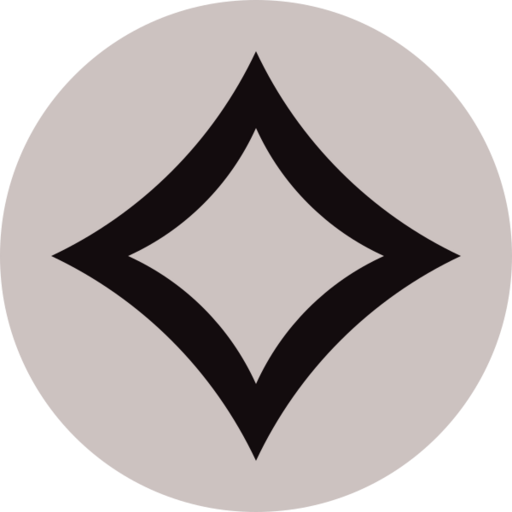
Before we move on I might as well at least touch on Colorless, since there are objects and characters that aren’t aligned with any of the five colors. Colorless, as the name would suggest, is the lack of any color and thus it usually represents something that doesn’t have its own ideology to speak of, such as non-sentient objects or artifacts. However, it can also represent characters who have sort of transcended the normal mana colors, such as Ugin as a spirit, or beings that are beyond the understanding of the Color Pie or normal logic, such as the Eldrazi. That’s not to say that a Colorless character can’t have a personality or some sort of value but Colorless as a whole has no consistent permanently overarching philosophy.
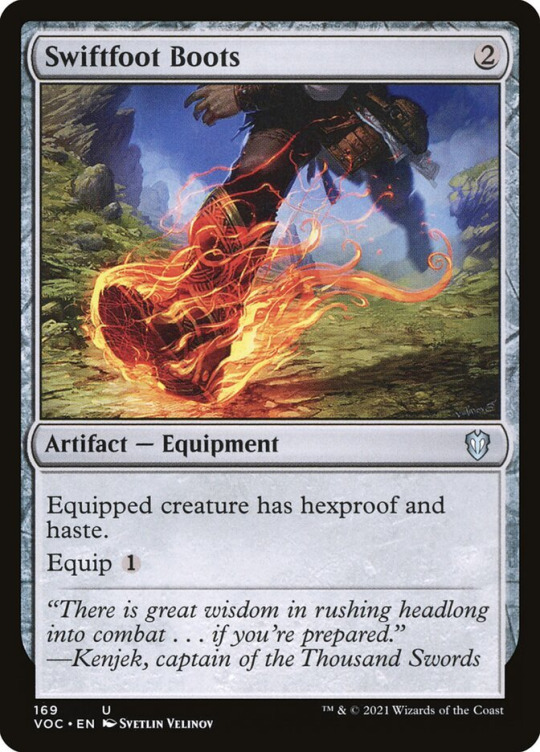
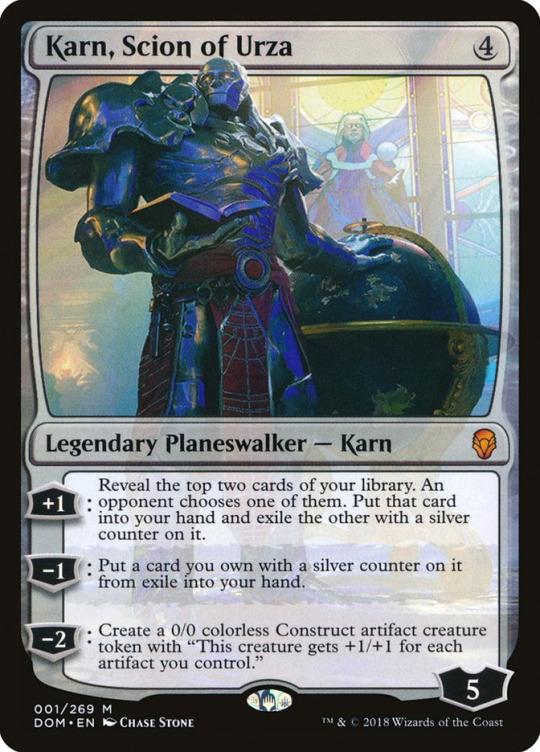
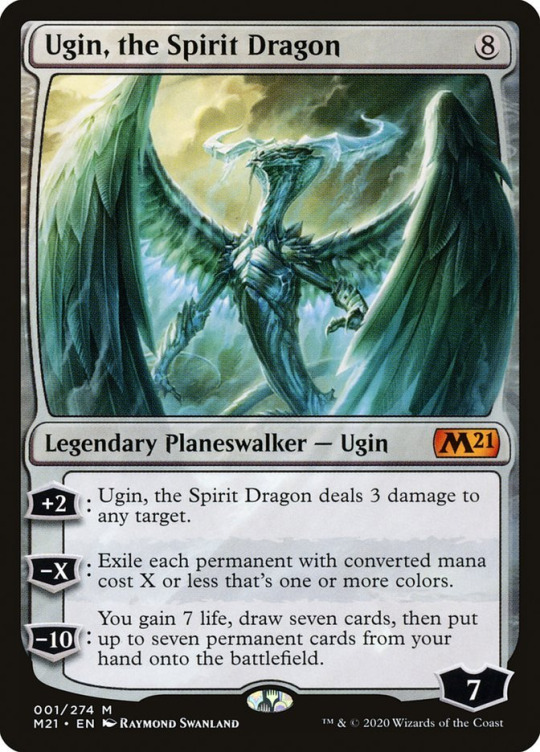
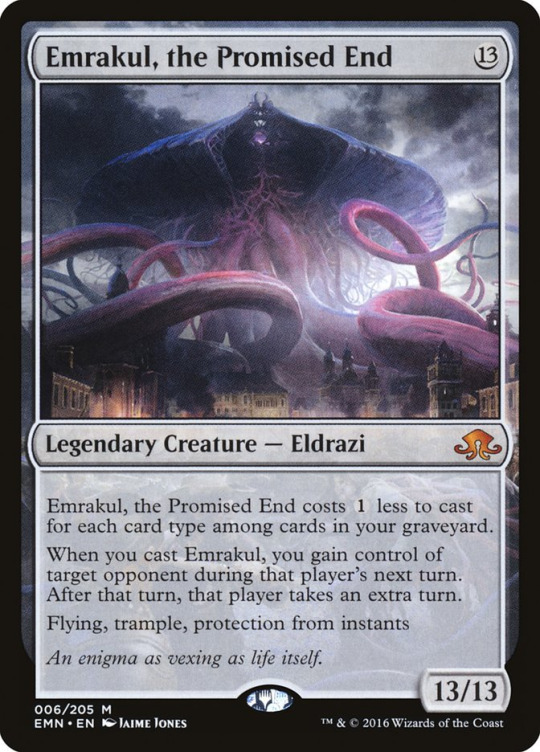
Colorless as a whole doesn’t have any philosophical upsides or downsides since it doesn’t have a coherent philosophy it is adherent to.
Also, for the sake of clarity, there do exist artifacts and objects with a color alignment, even if they tend to be less common than those of the colorless variety. These colored artifacts are either sentient while also having a strong adherence to one of the 5 color philosophies or are just heavily attuned with or connected to some color, or color combination, of mana for whatever reason.

Color Allies and Enemies
Now, earlier I mentioned the Color Pie and WUBRG(White, Blue, Black, Red, and Green) order. Well, let’s come back to that for a second. You see, each color has two of what are called allied colors and two enemy colors. A color’s “allies” are the colors that are directly next to it on the Color Pie while enemy colors are the two colors on the opposite side of the pie from said color.
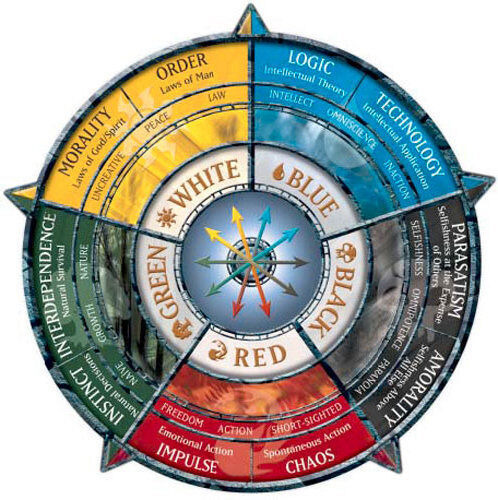
For example, White’s allied colors are the colors next to it, Blue and Green, and its enemy colors are Red and Black. As the names would imply ally colors from a purely philosophical standpoint tend to have more things they agree on with the colors they are allied with and enemy colors tend to have a lot of ideologies that directly oppose their respective enemy colors. If we go back to White we can see that one of the things White prioritizes is structure and the greater good. Green also has a sense of right and wrong like White does and it also has a sense of structure about the way things are supposed to be. Blue also likes structures that can help improve things and spread knowledge, plus it has a sense of the bigger picture and understands that you shouldn’t always put your needs and wants above everyone else. On the other hand, you have Black and Red. Black argues you should always put yourself first and look out for yourself and Red’s philosophy is that you should follow your heart and do whatever you feel like doing. These ideals directly oppose White’s ideals of the greater good and selflessness(These are just brief examples by the way they aren’t meant to be super in-depth).
Now just to be clear, just because a color is allied with another color does not mean that those colors see eye to eye on everything or always agree with each other, and even enemy colors still have things they agree on. Furthermore, not every character that aligns with a color gets along with every single character that is of the allied colors nor do they hate all characters who align with their enemy colors. I mean, yes a Green aligned character is probably more likely to get along with a White aligned character than a Black aligned one because of the fact that in general people with similar philosophies about how the world should work are usually more likely to get along with each other, but this isn’t the end all be all or a hard rule. Heck, characters that fall under the exact same color alignment(s) can be diametrically opposed. Two Blue characters may have different ideas of what perfection they should be striving for and one White aligned character may have a different definition of what’s morally good and peaceful than another White aligned character to the point where they may become enemies, see each other as threats or just simply find themselves on opposing sides of some sort of conflict.
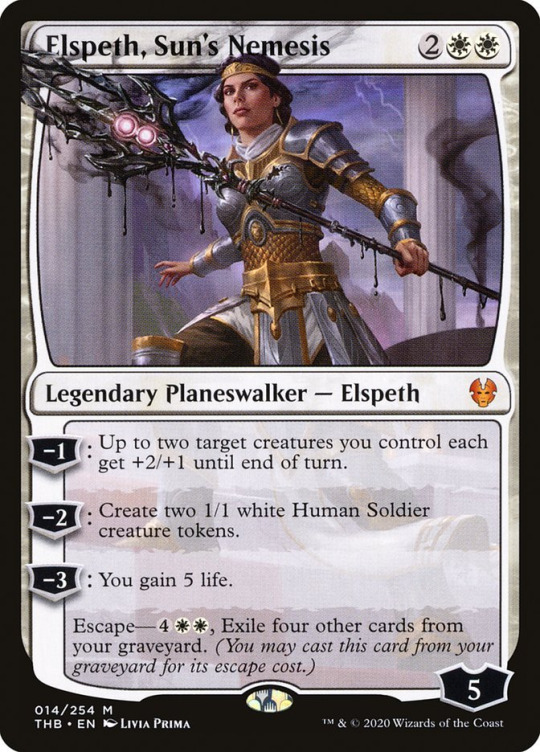

Remember, color philosophy, and philosophy in general, is not just a stock character personality. Certain overarching traits are more likely to occur due to their ideals but this does not mean literally everyone in said color alignment has them nor does it mean everyone within said color alignments embodies literally every aspect of that color. While the colors are archetypes they are PHILOSOPHICAL archetypes, not personality ones.
When it comes to ally/matching color alignments it helps to think of it this way. Does every person within a political alignment or party see eye to eye on every issue, do they all have the same exact personality? No, of course not. There may be some traits a lot of them have due to who their philosophy appeals to but they aren’t all carbon copies of each other nor do they all get along. A color’s relationship with enemy colors can be thought of in a similar way. I’m sure everyone has at least one friend who has wildly different opinions on how good a tv show is or a certain aspect of what they consider ideal for themselves, their community, or the world. Just because your opinions aren’t one to one doesn’t mean you aren’t friends.
To that end, where the color pie places each color is a sort of measurement for how well each philosophy sinks up with each other. A Blue aligned person or character can still have Red or Green aligned friends and family(just make sure to avoid talking about politics with them on thanksgiving). I mean heck, Teferi is a Blue, and sometimes White-Blue, aligned character that is in a happy and loving relationship with the Red aligned Subira, and White and Blue are about as opposite from Red as you can get on the color pie.
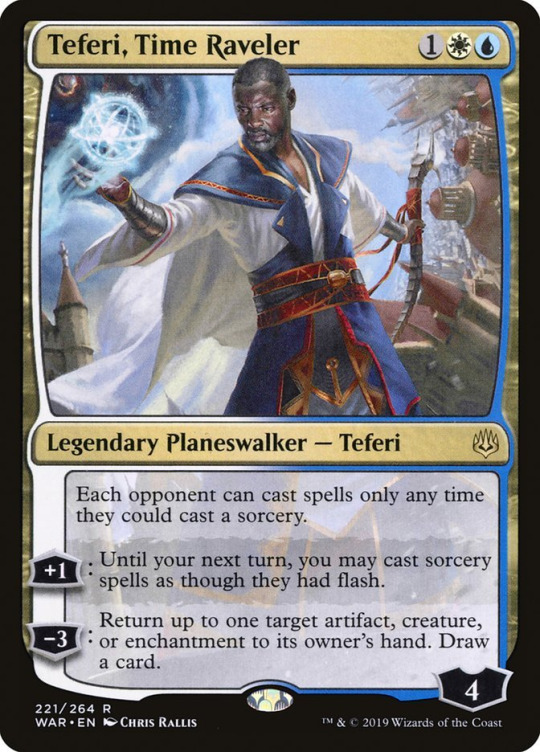

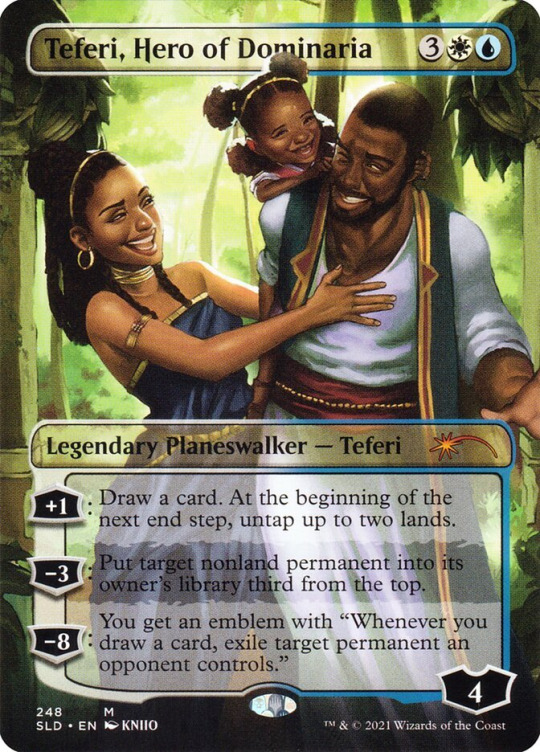
It is also important to mention that characters of various color alignments can rub off on each other in various ways without completely altering the alignment of whoever they’re affecting. You can have a Black aligned character hanging around a bunch of White aligned people and thus have them be more likely to follow whatever laws and/or rules these people make because they know that breaking them and getting caught might be way more trouble than it’s worth. Conversely, you could have a White aligned character hanging around Black aligned people who does something that could normally be considered more Black aligned or immoral due to things such as peer/social pressure without losing their White alignment.
We should also consider that not every person or character necessarily embodies literally every aspect of the color they fall under. Yeah, there are a few key aspects to the ideology which in turn makes the occurrence of certain strengths and/or weaknesses more prevalent or easier to fall into for those aligned with said colors. but not every White aligned character is uncompromising, and not every Blue character comes off as cold or emotionless to others for example. It’s just that characters in these alignments are more likely to fall into these pitfalls when compared to other colors due to their heavily moral and information-dependent values respectively, but it’s not universal or a trait literally every character will have. A lot of these potential shortcomings can also act as various forms of inner conflict, and not just an outer conflict, for characters.
Color Combinations
I might as well randomly segue into color combinations. So you don’t have to pick just one if several colors sound equally correct to you. Any person or thing can have anywhere from one to all five colors in their identity and all the various combinations that entails. Heck, as I went over previously, in Magic there are some things that don’t have any colors in their color identity.
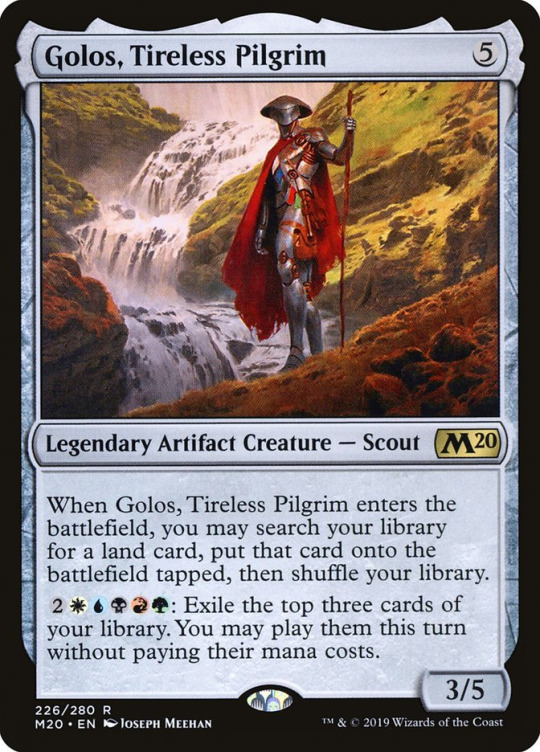
Each color combination has its own philosophy that tends to be based on the agreements of the component colors. For example, Green likes understanding nature and watching nature change and evolve and Blue also likes understanding things, knowledge, and watching things improve. So when you slap these two philosophies together you often get one that prizes things like progress and evolution.

I should also mention that just like mono-colors, there are a myriad of ways that characters with these philosophies can manifest ,and there are no hard rules about how they act or who they can be. Also, the same combination of colors can manifest differently depending on how the two colors combine. Instead of combining the progress aspect of Green and Blue, you could combine Green wanting to understand nature along with Blue wanting to understand things too in order to get a character who seeks to fully understand and harness nature to its fullest potential…
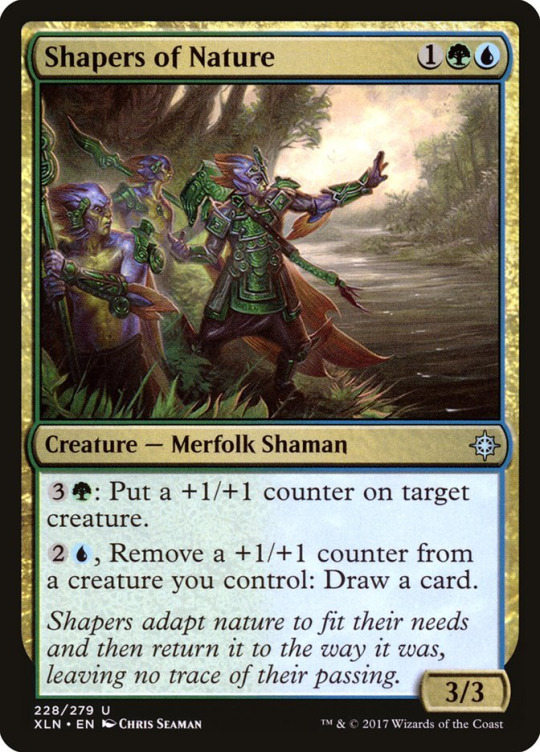
or you could take Green wanting to preserve nature and Blue wanting to preserve things for the sake of preserving information to create a way of thinking that wishes to protect nature.
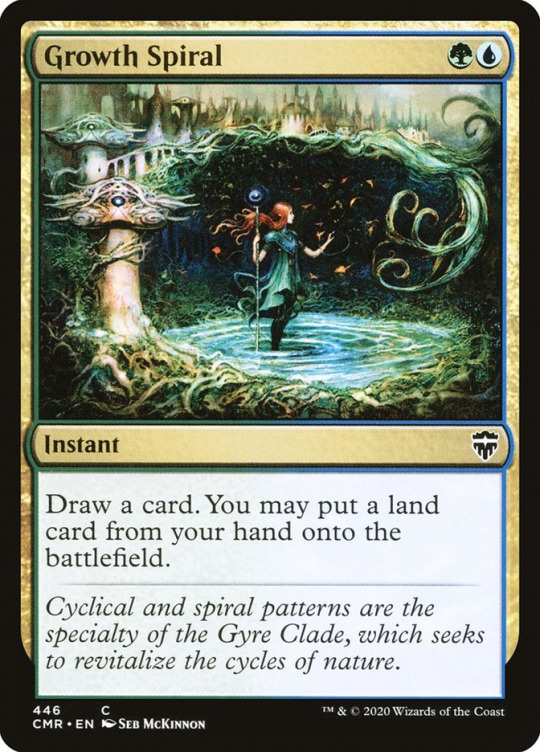
This is all without even getting into center and secondary colors by the way.
Where Colors Fall
Before we continue on, let’s quickly go back to the Color Pie in general and look into more of the specifics regarding why cards within Magic are put into certain color(s). For the sake of convenience, I have decided to make my own categories for the three general reasons that determine where a card ends up, Flavor, Mechanical and Mixed.
I already touched on a bit of philosophy and flavor earlier so I will keep my covering of the Flavor category brief. Cards that I have put in this category have their color identity based on the fact that the action, idea, archetype, or character said card is depicting is either straight up inherently a type of ideology or trait that falls under the philosophy of a specific color(s) or is something that is far more likely to fall under the philosophy of said color(s) than it would in other color identities.
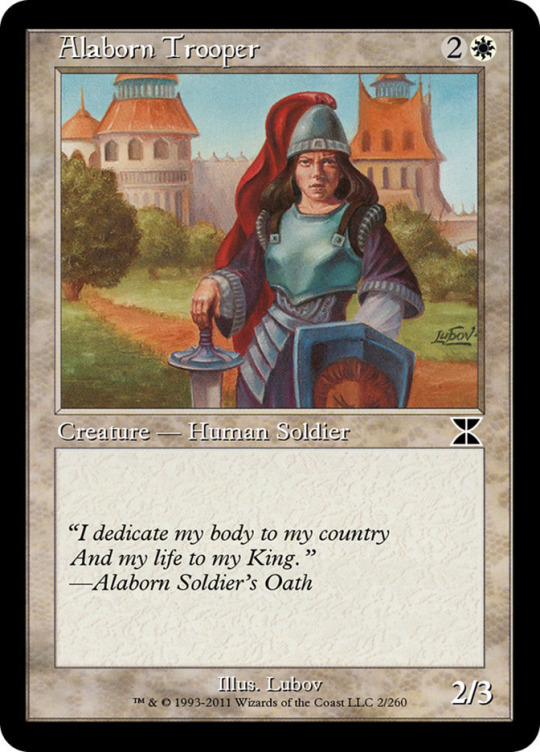


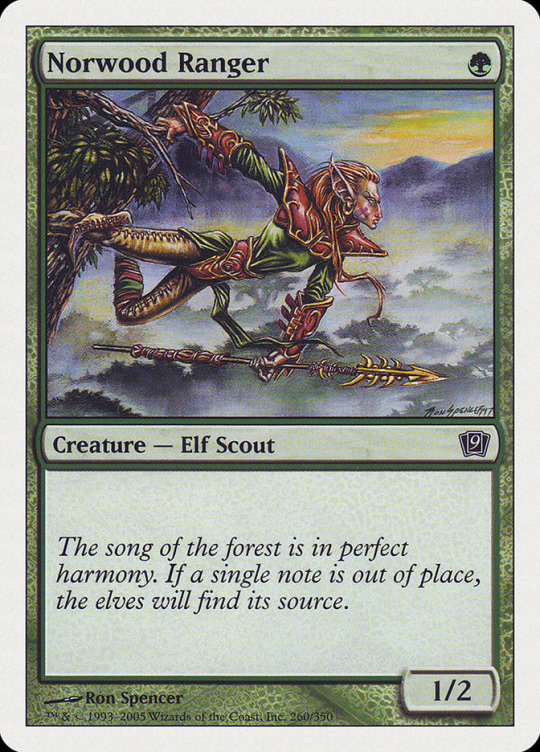
Cards that fall under the Mechanical category are there because their colors are strictly based on their gameplay or mechanics(cards that have their mechanics based solely on the fact that they are part of a cycle could also be considered a subcategory of this type). I’ve noticed that cards in this category can have actions, ideas or archetypes that don’t necessarily align perfectly with a color’s ideology or method of doing something but it’s mechanics do align with the color’s gameplay identity.
I think a good example of what I mean would be cards like Baffling End and Fateful Absence. I’m going to be honest, I don’t really know what is inherently White-aligned about a poor motherfucker just vanishing for no explainable reason, but mechanically these cards fit into White’s ability to sort of “trade” with a player by exiling or destroying something they control and giving them something in return.
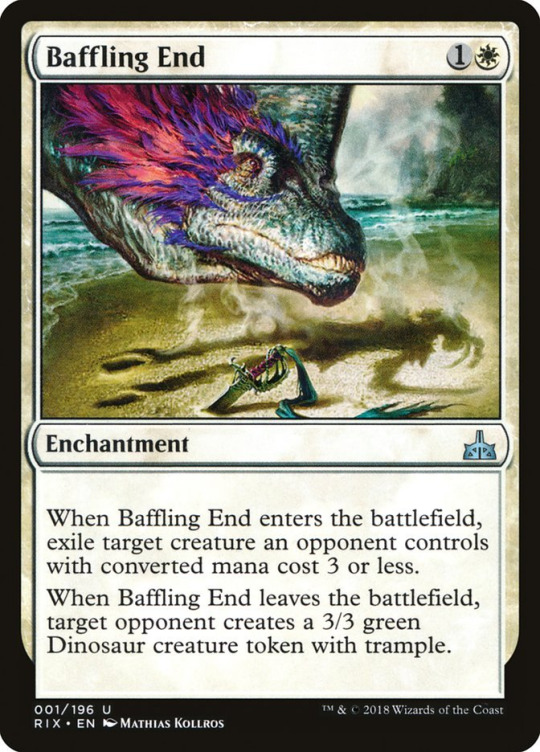
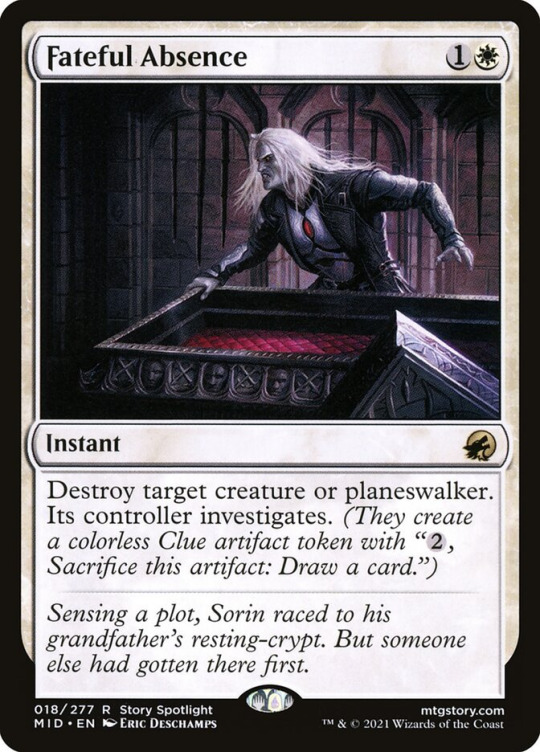
The final category is of course the Mixed category. Which is kind of just here for any cards that don’t fit cleanly into either of the previous categories.
I should mention that I don’t believe this is a perfect categorical system. MTG is very complex and nuanced at times so there are plenty of arguments to be made. For example, you could argue that Armored Whirl Turtle is of the mixed or mechanical category because having high toughness and low power does fit into like White and Blue sections of the Color Pie. These categories are a kind of simplification that is meant to help get some of these ideas and flavor or mechanic themes across.
Center/Focus and Secondary Colors
Due to all this talk about multi-colored alignments, I think it’s time to touch upon center and secondary colors.
A person or character can have one or more “center” and/or secondary colors in their color identity. For example, someone like Teferi might be both White and Blue but their center color is Blue and their secondary color is White.
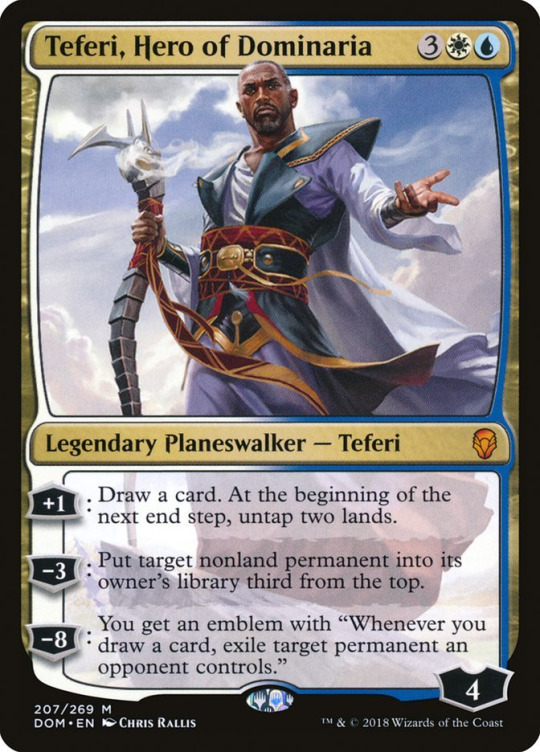

Meanwhile, someone like Kaya has both White AND Black as their center colors. I’ve also seen center colors referred to as focus colors but they are the same thing.

So what even is a center color? As mentioned earlier, multi-colored philosophies tend to be formed from what the colors that make them up agree on. However, when you assign a color as a center or focus you will have the philosophy in question lean towards that color more. The best way to explain is like this, you have a White-Blue character and their center is Blue. So they value Blue’s philosophical goal of perfection and being the best you one can be. However, the presence of White as a secondary color sort of alters how they believe that goal should be achieved. In this case, you end up having a character who tries to achieve Blue’s end goal through White’s means and way of thinking. Thus, you end up with a character who is somehow using White’s structure or morals in order to be the best they can be and try to improve the world around them. This presence of center and secondary colors adds a whole new layer of depth to color identity and can be used to better understand multicolored philosophies. As you can tell when it comes to center and secondary colors you can usually break them down into a formula of whatever the end goal of the color is + what they believe should be done to achieve it.
Now of course, like with most things regarding the Color Pie, there are a lot of nuances to be had. So I’m going to save more specific talks about what different center colors can mean when paired with other specific colors and how they can manifest at a later date. Things like center and secondary colors can have exceptions or manifest in wildly different ways.
Mechanics
Now of course I can’t claim to make a series that will cover how the Color Pie affects Magic the Gathering’s keywords and mechanics without discussing how the colors themselves influence the gameplay and game design of Magic.
Just like how each of the colors and their various combinations have their own strengths and weaknesses from a philosophical point of view they also have their own strengths and weaknesses in their respective gameplay. For example, Red is pretty good at damaging creatures, planeswalkers, players, and destroying artifacts but it usually has a really tough time when it comes to having any way to deal with enchantments. Meanwhile, Blue has counterspells to stop things from entering the battlefield, ways to bounce permanents, and to draw cards. However, it tends to be incredibly bad at destroying permanents once they are actually on the field.
It’s important to remember that there tends to be at least one exception to these mechanical rules I’m describing. Sometimes the design team just makes an honest mistake and gives a color something that messes with what’s supposed to be a color’s weakness(es).
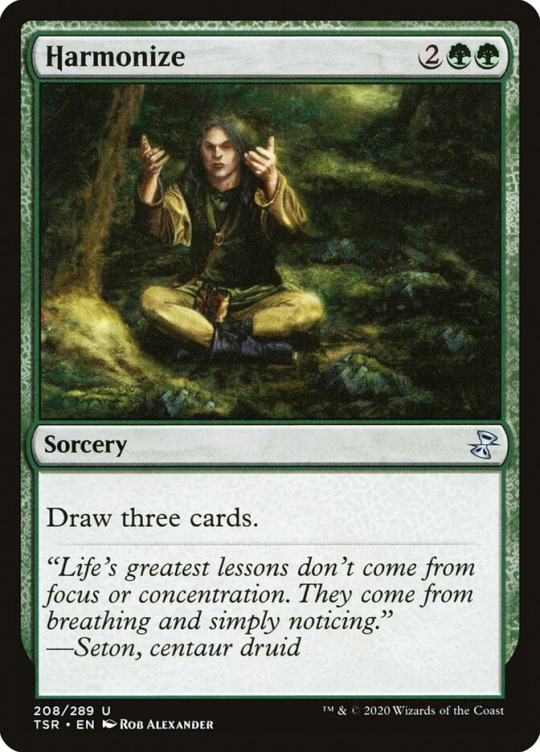
Sometimes the mechanical side of the Color Pie changes and what was once thought to make sense in a color for gameplay and/or philosophy based reasons gets changed, added, removed, etc.
One thing you should always remember, and I can’t state this enough, is that a color doing something it normally can’t isn’t automatically some sort of mistake or Color Pie break. Sometimes colors can do something but only on rare occasions, sometimes there are cards that let a color makeup for a weakness to some degree but at some sort of major cost or downside.
There are times where a set that a color is in has a theme that just ends up applying to all the other colors too. An example of this is Amonkhet’s or Innistrad’s respective heavy graveyard themes. In such sets colors outside of Black may also get more graveyard recursion than usual, in this case, it comes in the form of mechanics like Embalm, Eternalize, Flashback, and/or Disturb.
We’ll come back to Color Pie breaks and bends later. So let’s talk about mana and how it ties into the Color Pie and gameplay.
As you probably already know, in Magic there is a mana system. If you want to cast a Blue spell you need Blue mana, and you can’t just use Blue mana in order to cast a purely Red mana spell-like Shock.
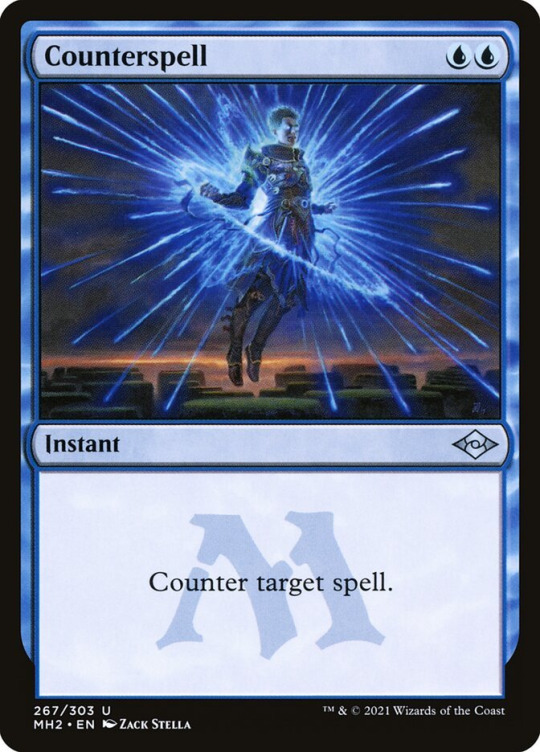
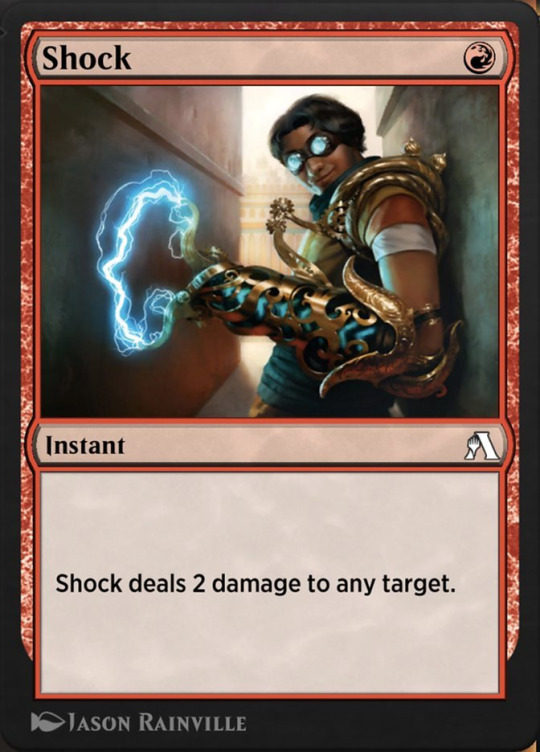
This mana system creates an interesting interaction where players must fight two competing forces within the game. One force is pushing you to play with cards and decks that have as many colors as possible. This is because every color has strengths and weaknesses and the more colors you have in your decks the more likely you will be able to compensate for, and overcome, the weaknesses of each color. You could do something like use Blue to make up for White’s lack of card draw, Red to make up for Blue’s lack of damage dealing, Black’s -1/-1 counters to help Red deal with indestructible creatures, White to help Red deal with enchantments, and so on and so forth.
However, this force comes into direct conflict with the mana system because the mana system actually pushes players in the exact opposite direction.
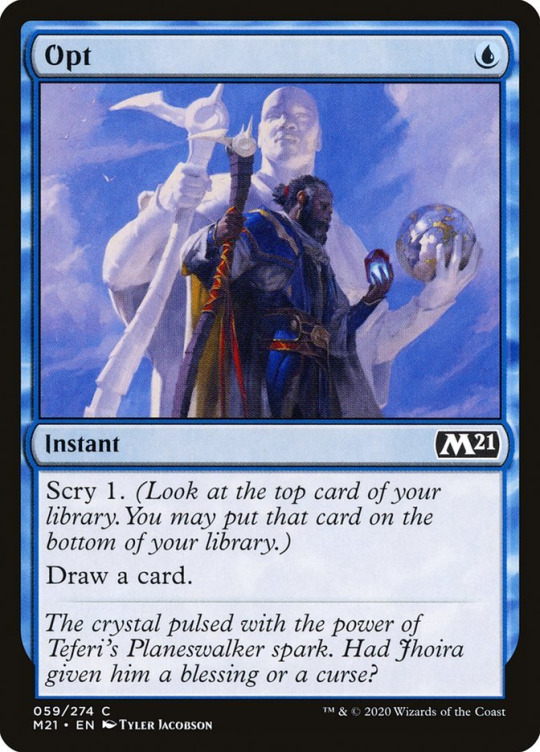
Since you can’t use the Red mana produced by your basic Mountains to pay for your exclusively Blue mana Opt and you are unable to spend Blue mana to cast you purely Green Gigantosaurus you are encouraged to stick to as few colors as possible in order to increase the possibility that you will have the proper mana needed to cast the spells you need at any given time.
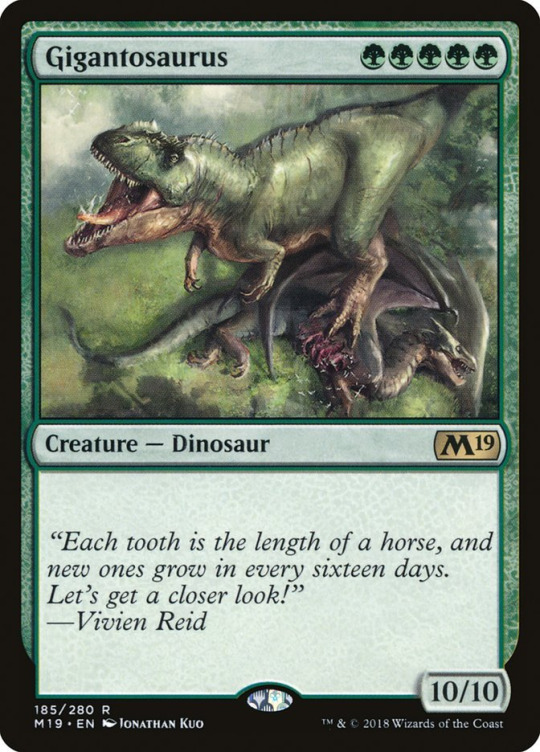
If you’re running a Mono-White deck you don’t have to worry about accidentally drawing a Mountain when you need an Island, but you give up having the presence of Red’s mechanical strengths in your deck and it may make any of White’s mechanical weaknesses in your deck that much more prominent. You are basically forced to choose between variety and consistency to varying degrees on various levels of gameplay. This helps prevent a gameplay situation where five-color decks are literally the only kind of deck worth playing in all forms of Magic until the end of time. These two opposing forces basically force(haha) the player to consider the strengths and weaknesses of each color while also deciding what is the most optimal way to make their deck consistent.
The colors also help give the players realistic expectations of how a match might play out the moment the first lands have been placed down. For example, If I’m playing against Billy and he puts a Mountain into play I now know Billy is playing Red and will likely have some form of direct damage. So I should be careful and play with those factors in mind or else I may end up being punished by having all my small and important creatures destroyed by direct damage. I should also be careful about letting my health drop too low because while a color such as White might not be able to finish me off unless it manages to deal damage with its Flying creatures, a color like Red can just damage me directly with a variety of different spells.
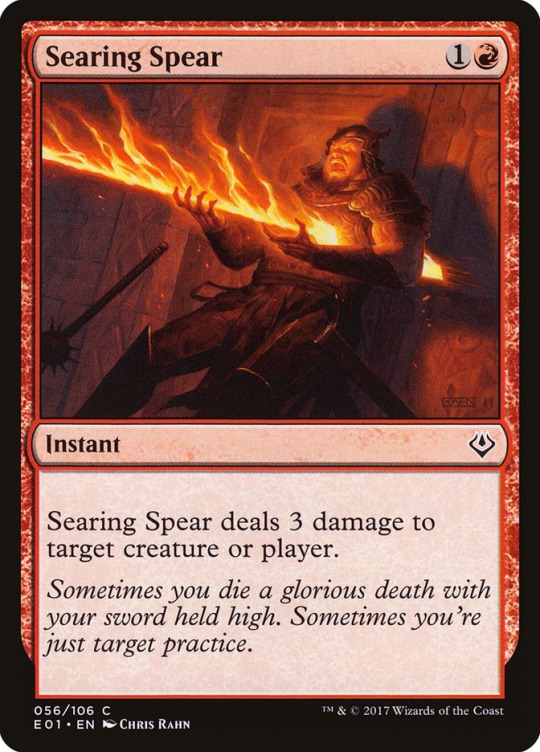
Now if Billy plays an Island I now know he’s playing Blue and that I have to watch out for counterspells. Maybe, I can trick Billy by playing a spell that seems to be important so that if he decides to counter it I can play the spell I actually need to win the game while all he’s out of resources.
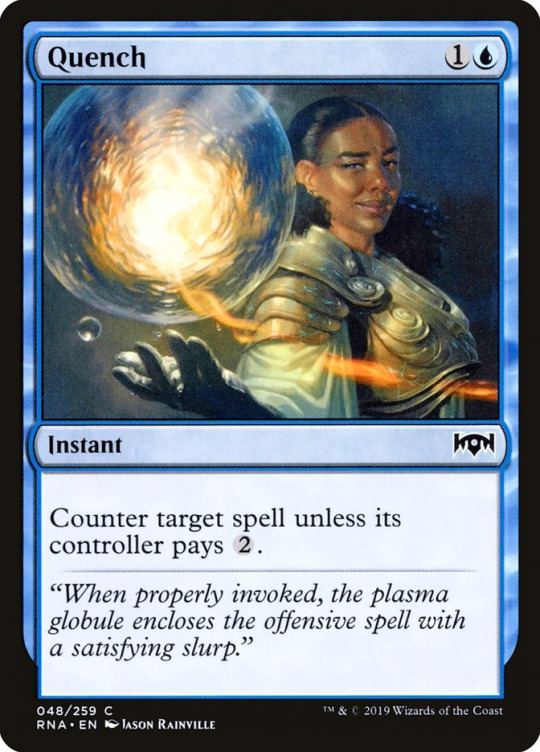
One of the things that Mark Rosewater points out is integral to game design is restrictions and limits. To a random passerby, saying something like this might come off as confusing but it actually makes a lot of sense. Let me put it this way, imagine if Magic the Gathering had no mana costs to consider, you could put any number of cards in your deck(no matter the format), all colors could do literally everything else the other colors could do with no downside, you could pick the exact cards that start in your hand, and had infinite health. Yeah, the game would fucking suck. It is very rare for a game that has no limitations to have any point in playing it. Yeah, I admit that the infinite health example might be a bit extreme. However, even without the infinite health, the version of Magic the Gathering I’ve described would literally play out the exact same every time. Most people would probably end up just running the same deck over and over with the exact same outcomes or they would probably just end up putting more interesting limitations themselves via the creation of new formats. In this way limitations actually breed creativity by forcing you to figure out interesting ways to achieve your goals(As mentioned in “Lesson #18: Restrictions breed creativity” in the “TWENTY YEARS, TWENTY LESSONS—PART 3” article).
Marro has also stated that “To design a good game, you need to understand why your target audience wants to play. And then you have to design your game to match that objective” and at the end of the day we all know Magic is a strategy card game. Part of the fun of Magic is that it’s kind of like a puzzle. It leads to moments like “Ok, I want to play these colors and what’s the best way to do that?,” “Ok, I want to play this specific card, how do I build a deck that supports it?,” or “Uh oh, My opponent played an enchantment that damages me every time I kill a creature, how do I play around it?”
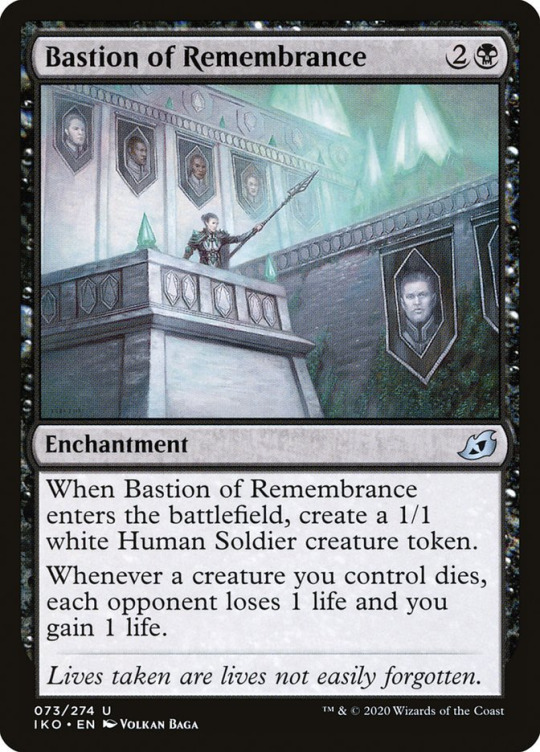
In that last example do you try to kill them before they can amass enough creatures to be a real threat? Do you focus on gaining enough life to counteract their effects? Do you build an army of fliers and try slipping past their creatures? So on and so forth.
Also, Mark does have a good point about the fact that limitations can create really fun stories regarding gameplay. I remember one time I was using my favorite historic Izzet deck and I just barely managed to win at like one health against a Mono-White life gain deck that had managed to get over 130 total life; it was just insane(I really wish I had recorded it. I’m sure almost everyone who has played Magic enough has at least one story where they barely managed to edge out a win in a spectacular fashion through a storm of luck and wits. Stories and experiences like this wouldn’t be possible without the limitations present in the general gameplay and the limitations put on each color.
Luck
I’m going to go off on a bit of a tangent away from just mechanics real quick. It’s something that I feel is important to the game and helps it in many ways and yet it isn’t talked about too often. That thing being luck.
Now, luck in games is a tricky thing. Most people don’t want a majority of their games to be purely luck-based. As that would remove any possibility of using one’s own skills to win and would make any game that isn’t the purest form of casual frustrating. At the same time, there are times where you do want to spice a game up with some luck because if you don’t do that then the game would literally play out the same way time and time again with no variation(which would get boring really fast and limit replay value). The proper ratio of luck to skill in design varies from game to game depending on its genre, mechanics, and goals but I would argue that luck does in fact help Magic as a game.
First of all, there’s the obvious fact that it prevents games from playing out the exact same way even if you or an opponent is running the same deck over and over. If people had complete control over something like their deck order or starting cards in hand then there’s a good chance that after a while any games involving that deck would play out in the exact same predictable fashion. Which would mean that the gameplay is more likely to get stale and/or you are more likely to get bored of your favorite decks.
I would also argue that luck can act as one of the previously mentioned limitations that can be ever so important to game design. It is an obstacle a player must overcome or workaround. In deckbuilding this takes the form of generally trying to make decks reach a certain level of consistency in their function and win condition by choosing the proper cards. It can also take the form of using the cards in your hand in the most ideal or strategically advantageous way, forcing the player to think of the different ways in which they can achieve their goals with different hands or situations. This also applies to facing the same opponent, since said opponents will not always cast the exact same spells, creatures, and various threats in the exact same order, if at all.
Luck is also something that helps even the playing field. It’s thanks to luck that even a five-dollar budget deck has at least a chance, even if it’s small, of beating a finely tuned and more efficient deck. Without luck, there would be very little reason in continuing to play through a game of Magic the second you realized the opponent had a more meta deck than you.
The luck system in Magic the Gathering is definitely not perfect though. We’ve all had that moment where, for some ungodly reason, you somehow mulligan three hands in a row with one land in it and games where you could have easily won if you just drew that one card that should be in your deck. The point of this isn’t to say that Magic the Gathering’s luck is ideal or perfect but I would argue that it helps the game.
#mtg#magic the gathering#color pie#color philosophy#Color Pie Philosophy#TheFlavorOfMagicTheGathering#douglysium#TheTasteOfMagicTheGathering
7 notes
·
View notes
Text

Arcane color philosophy
#arcane#character analysis#alignment chart#mtg color theory#mtg color pie#color philosophy#color pie
5 notes
·
View notes
Text
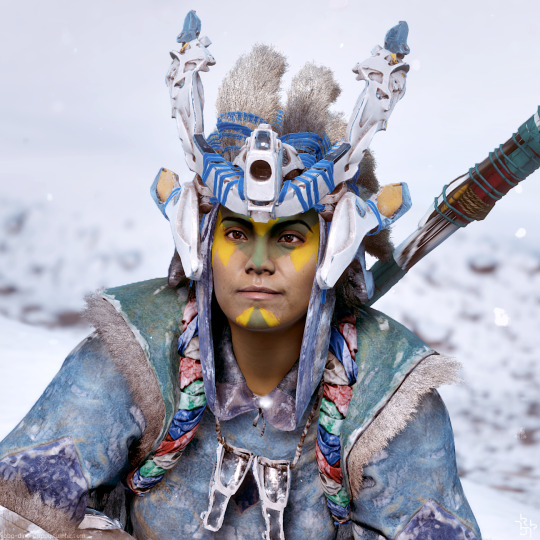
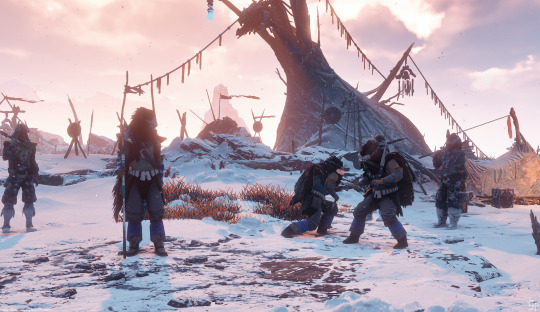
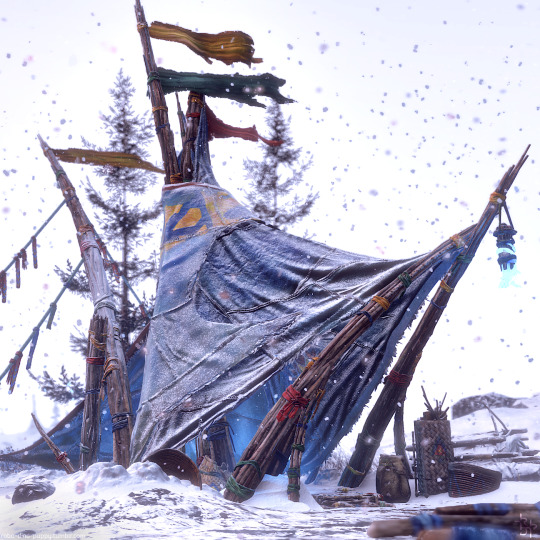
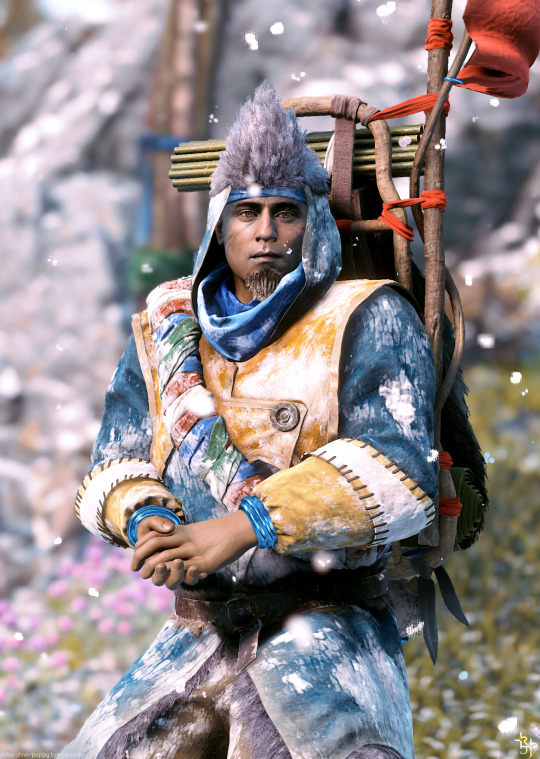
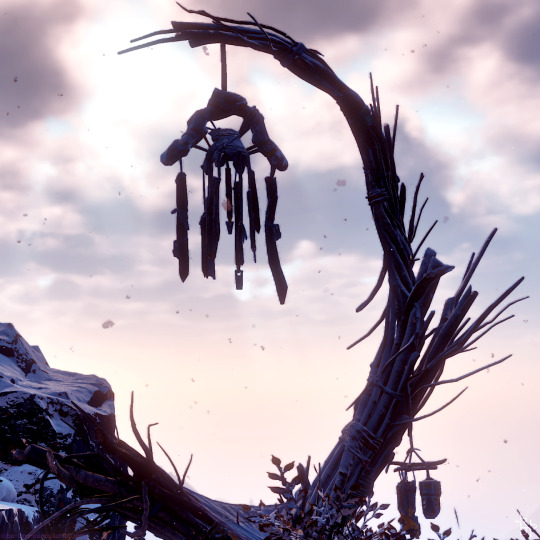
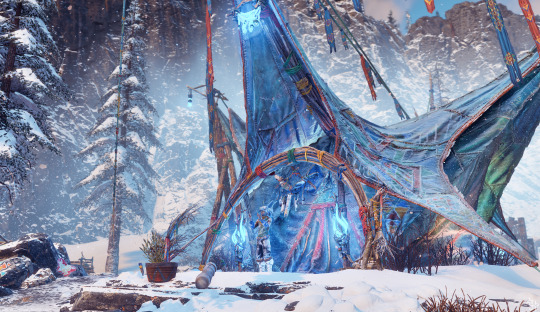



horizontober 2023 | 10: favorite tribe (banuk!)
#horizontober2023#horizon zero dawn#hzd#the frozen wilds#banuk#hzd npcs#hzd song's edge#the banuk are def my favorite and i was so sad they were absent from hfw :(#the frozen wilds was suuuuuuuch a good dlc#i really loved everything about it (except getting wrecked by that first scorcher lmao)#i'm a person who would much prefer to be cold rather than hot so i'm a fan of their location#also love the color blue which they seem to favor#and love the story of banukai and the shamans and how they view the machines#their philosophy does seem a bit harsh to (soft pitiful) me but then again so is their environment#also they have some of the most badass headgear#(there are a lot more pics i would have liked to have taken but i'm not at home rn so this was done under crunch conditions lol)
115 notes
·
View notes